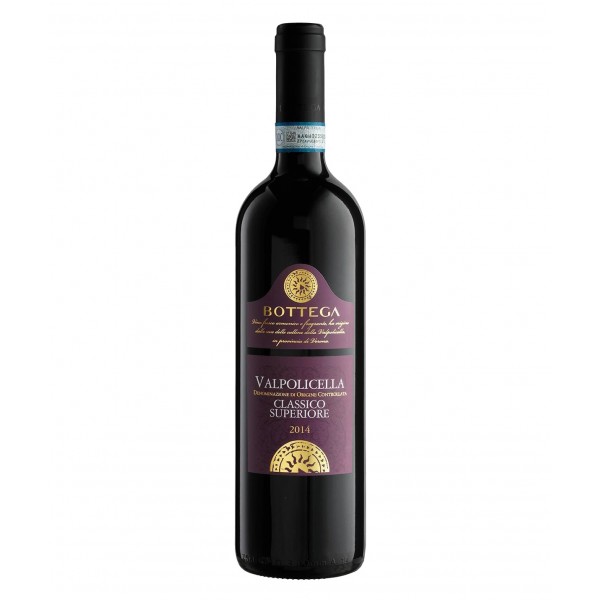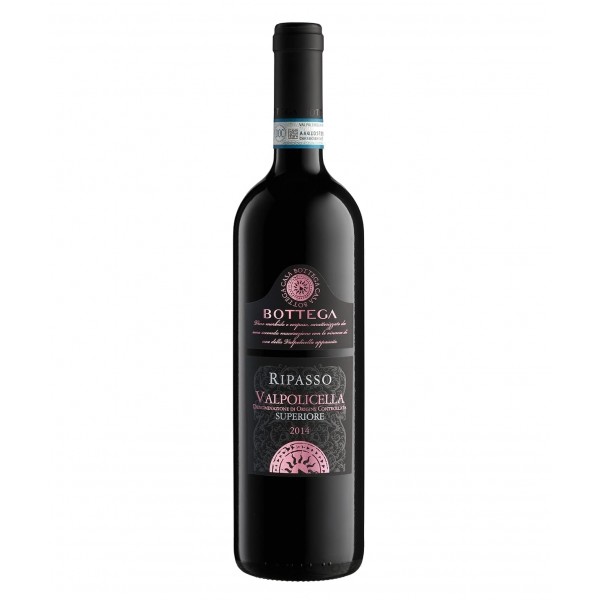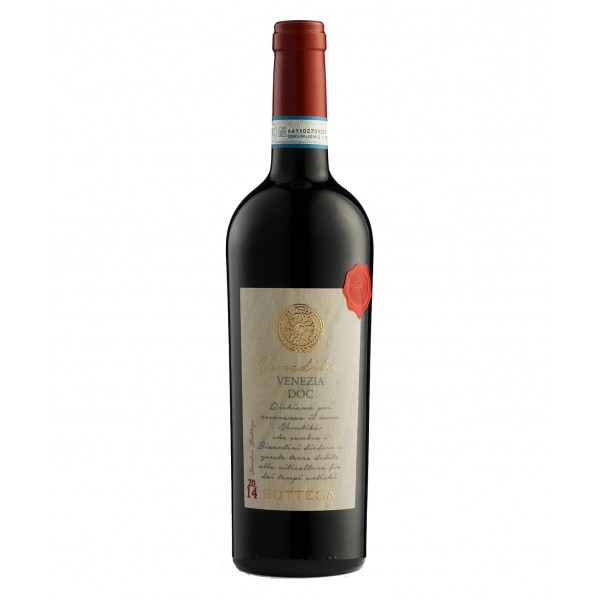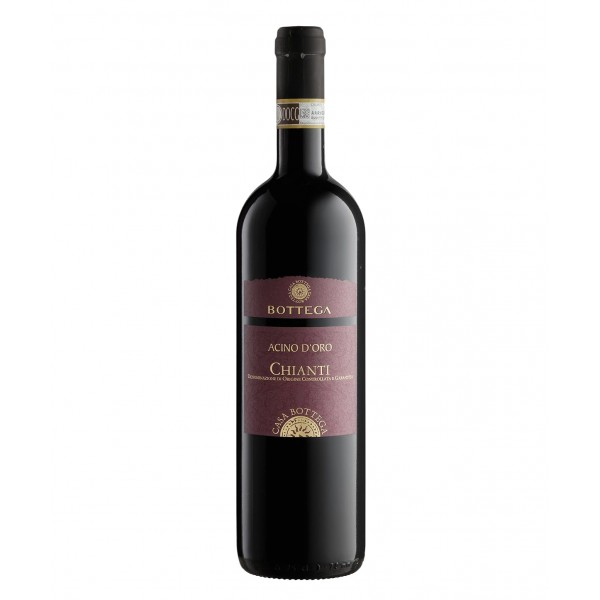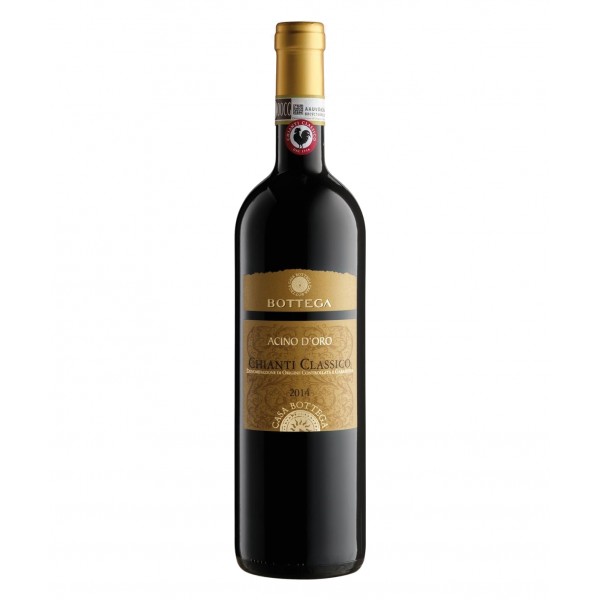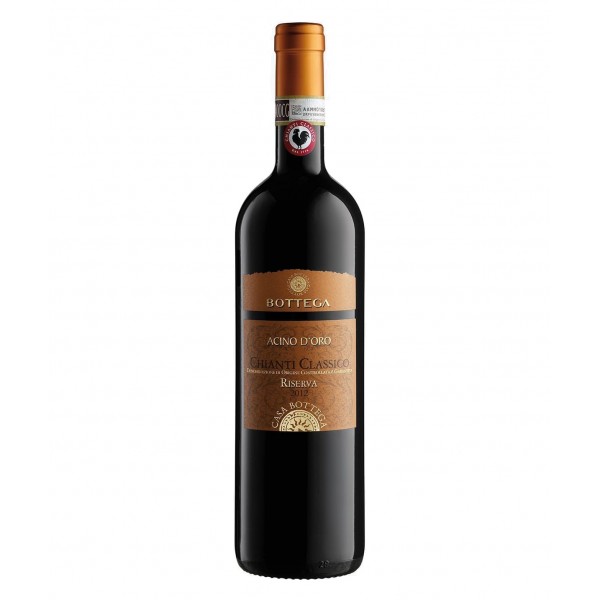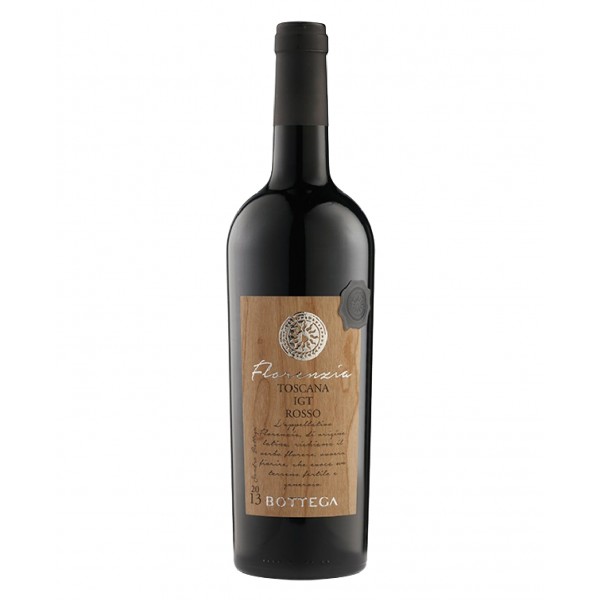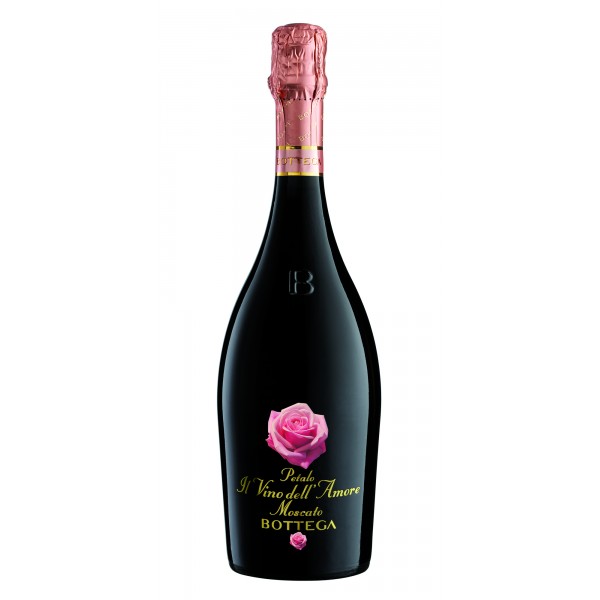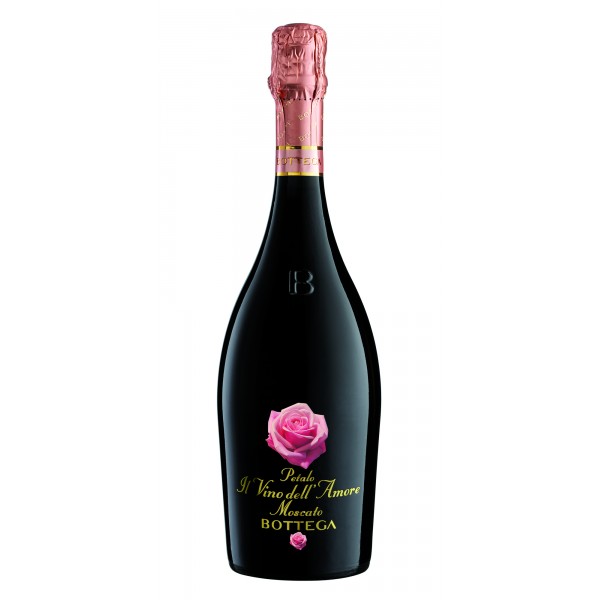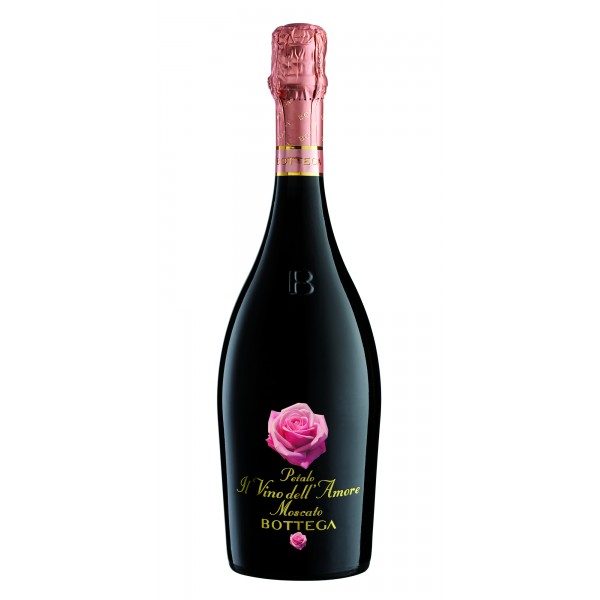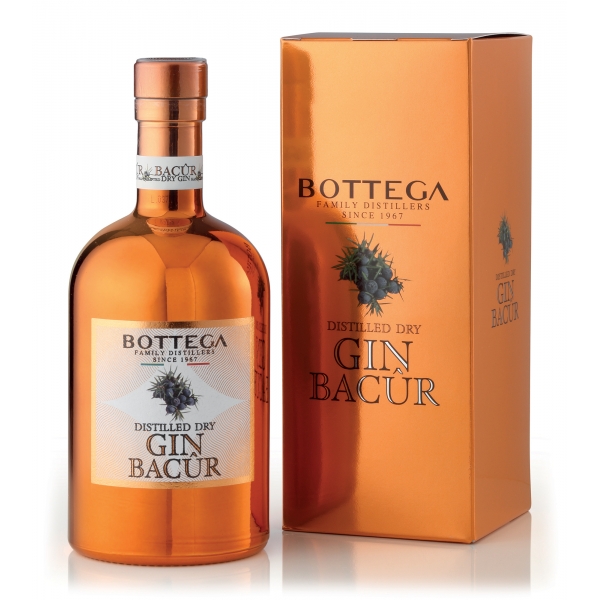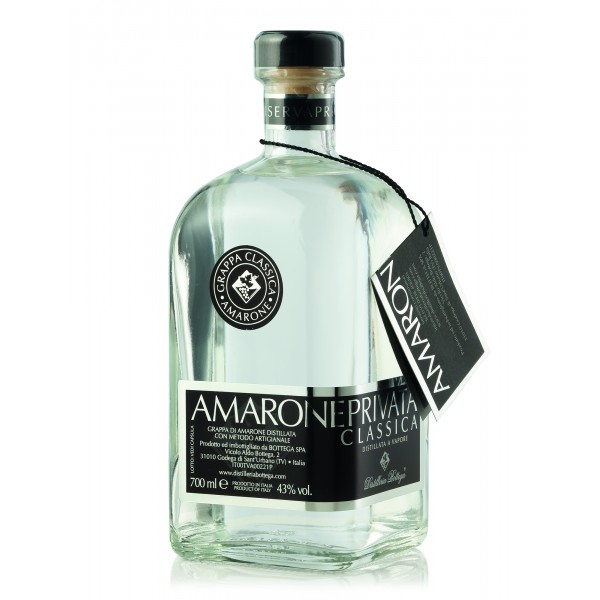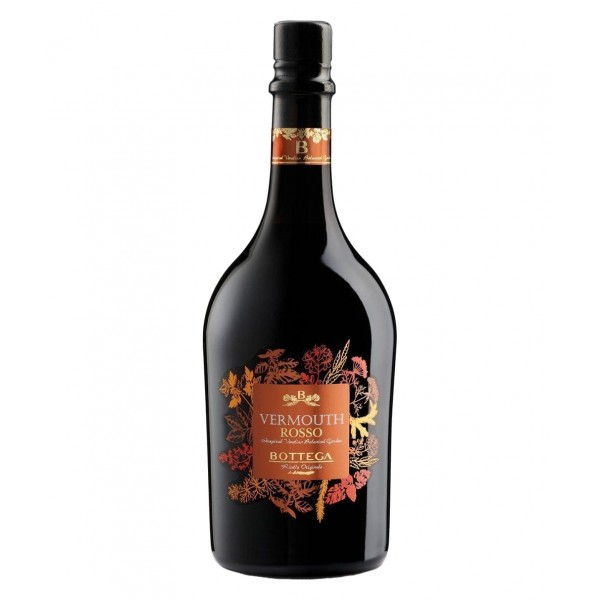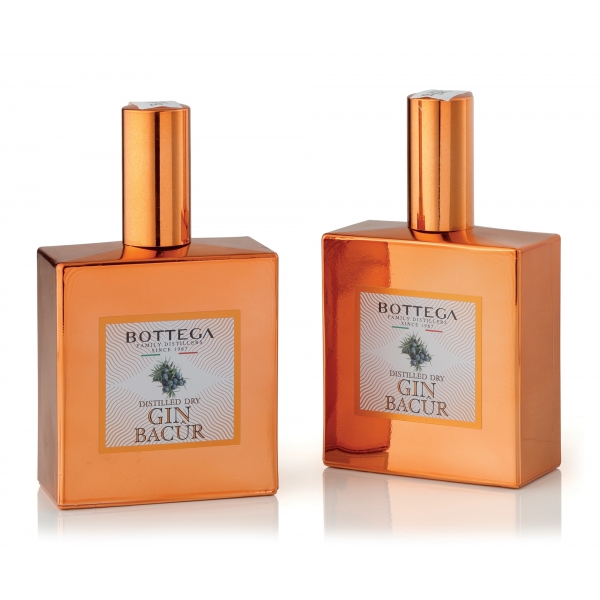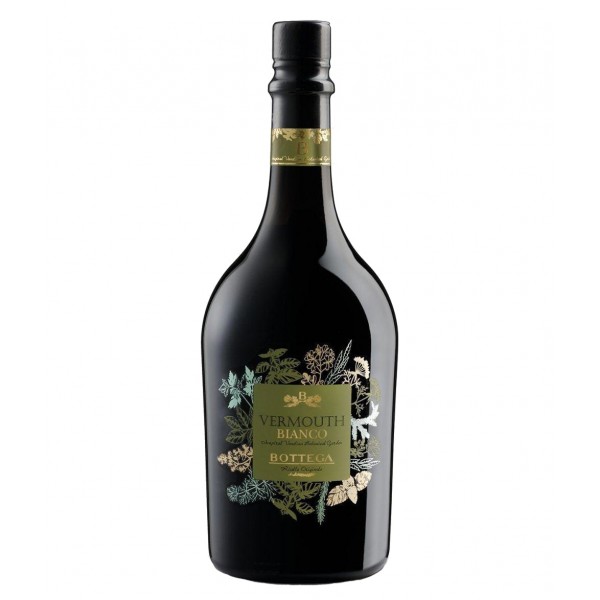No products
Categories
- Fashion Accessories
- Clothing
- Beauty & Lifestyle
-
Hi-Tech & Lifestyle
- Gaming
-
Case
- iPhone 11 Pro
- iPhone 11 Pro Max
- iPhone 11
- iPhone X / XS
- iPhone XS Max
- Samsung S10 / S10+ / S10e
- Huawei P30 / P30 Pro / P30 Lite
- Huawei P20 / P20 Pro / P20 Lite
- iPhone XR
- Samsung S9
- Samsung S9+
- iPhone 8 / 7
- iPhone 8 Plus / 7 Plus
- Samsung S8
- Samsung S8+
- Samsung S7
- Samsung S7 Edge
- iPhone 6 / 6 s
- iPhone 6 Plus / 6 s Plus
- iPhone 5 / SE
- Skin
- Audio
- Smart Home
- Drones & Hoverboard
- Photo & Video
- Desk Supplies
- Accessories
- Games
- Beverages
- Food
- Home
- Jewelry
- Luxury
- Travel
- Art
- Footwear
- Vintage Fashion
- Restaurants
- Sport
- Animals
- Gift Ideas
- Kidswear
Extra
Viewed Products
-

Ardbeg - Ten Years Old - Boxed - Whisky - Exclusive Luxury Limited Edition -...
The wild spirit of Islay. Recognized...
-

Yves Saint Laurent - SL 51 Sunglasses - Ivory Grey - Sunglasses - Saint...
Square wellington-shaped sunglasses...
Bottega
Family Vintners & Master Distillers since 1635
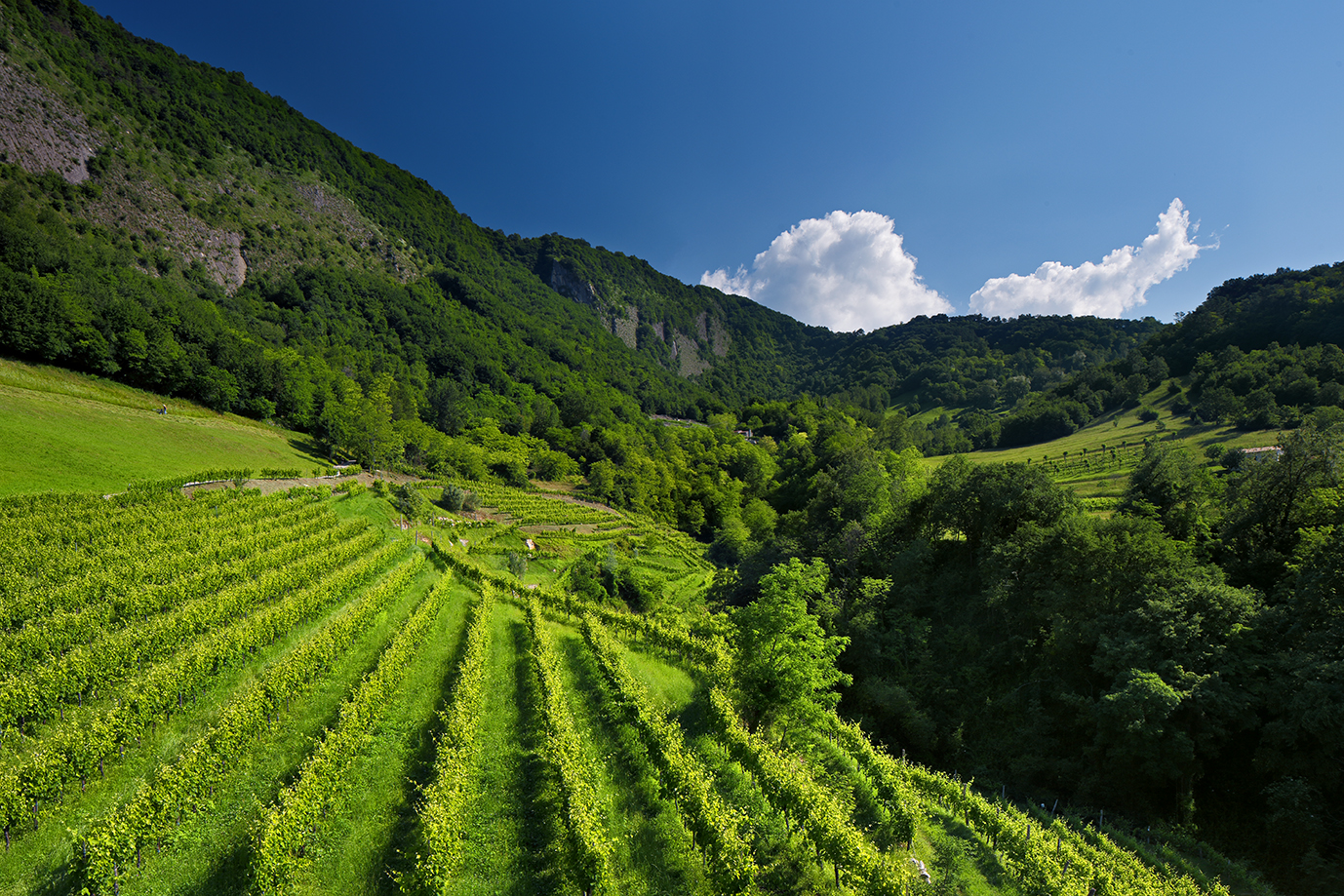
Winery, Cellar and Distillery since 1635
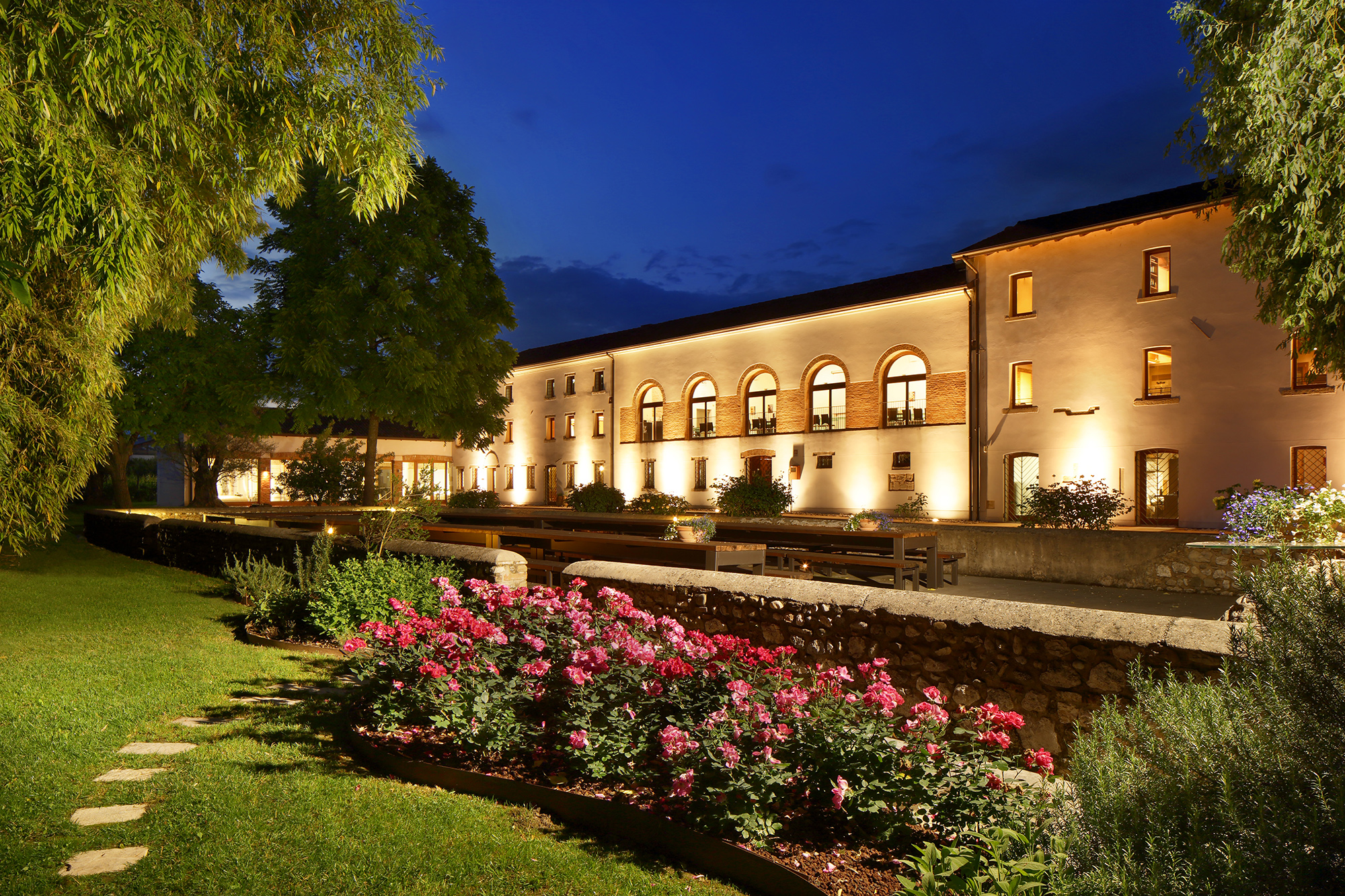
Bottega S.p.A. it is at the same time a winery and a distillery, which has a close-knit team of expert winemakers both in winemaking and in distillation. The headquarters is located in Bibano di Godega (TV), in the DOC Prosecco area, 50 km north of Venice.
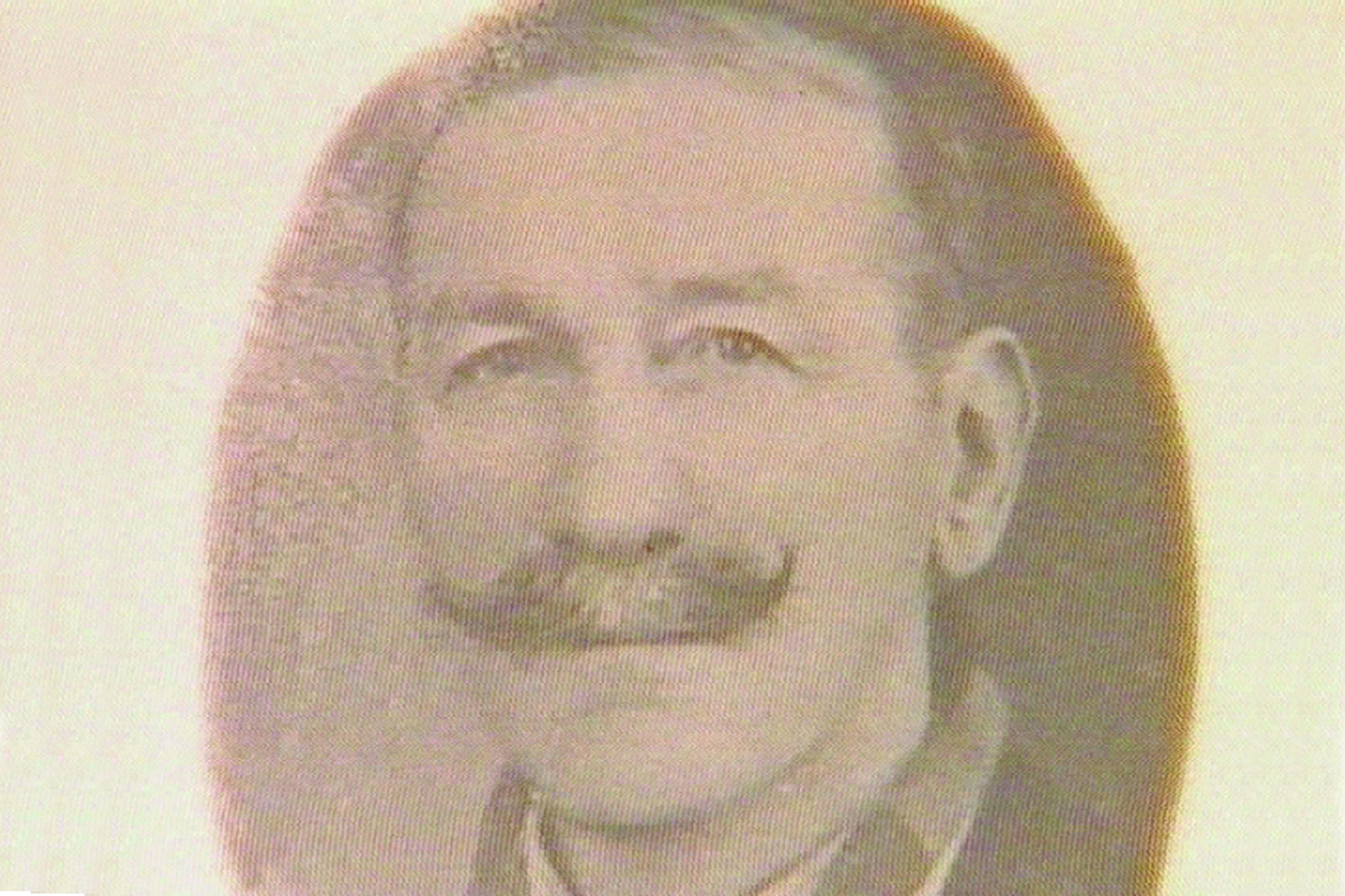
The "forefather" of Bottega, Andrea, already in 1635 cultivated the vine in one of the most beautiful places in the world, the hills above the Molinetto della Croda di Refrontolo. The company was founded in 1977 by Aldo Bottega, master distiller with more than thirty years of experience in the field, which he had inherited from his grandfather, an expert wine merchant during the '20s, the passion for the world of wine.
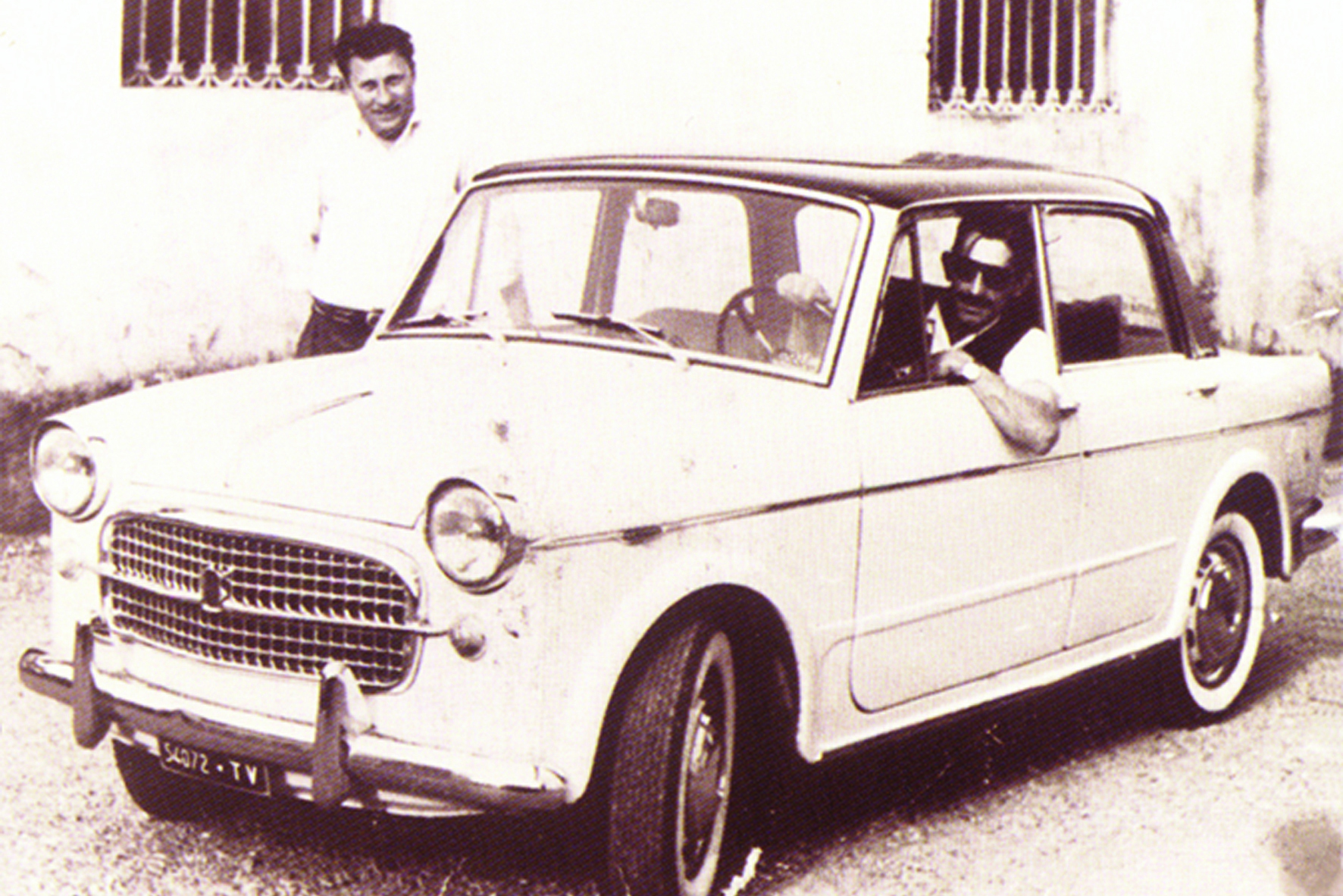
At the end of the '70s the company is a small company operating in the local grappa market. In 1983, on the death of the founder, his son Sandro, together with his brothers Barbara and Stefano, took over the company.

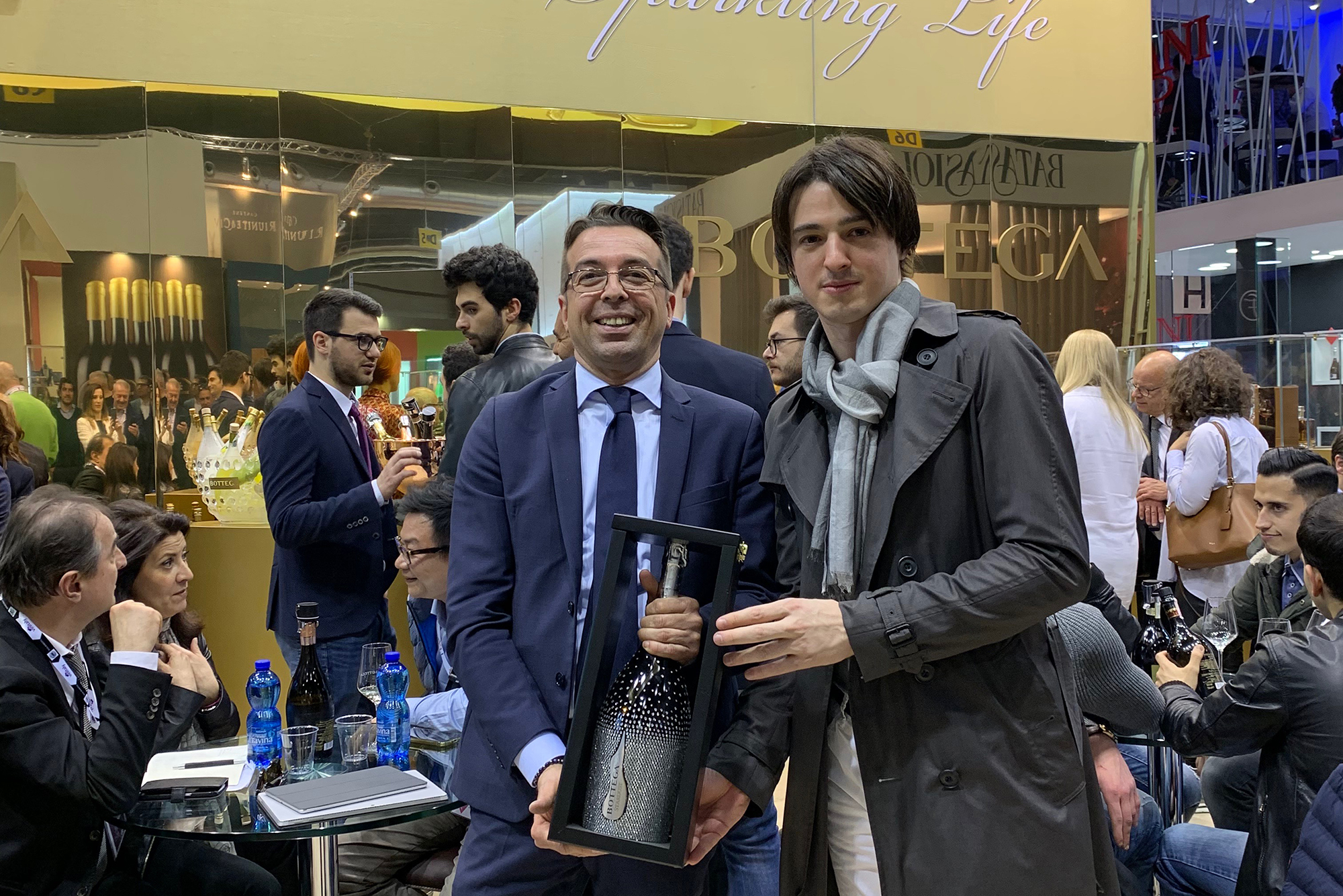
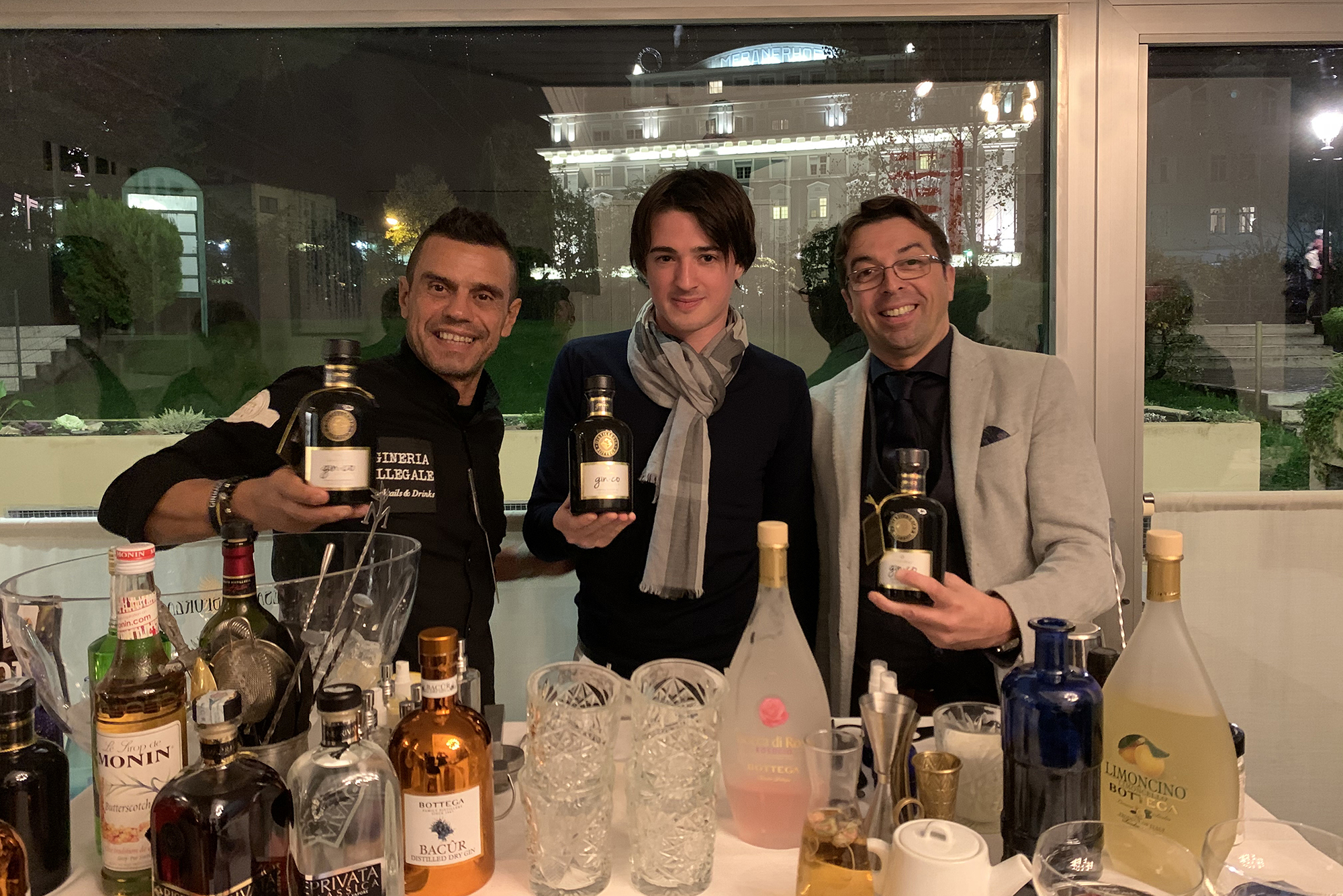
Bottega Today
.jpg)

From an artisan reality, which operated only in the world of grappa, it has transformed over the years into one of the first 20 private wineries and distilleries.
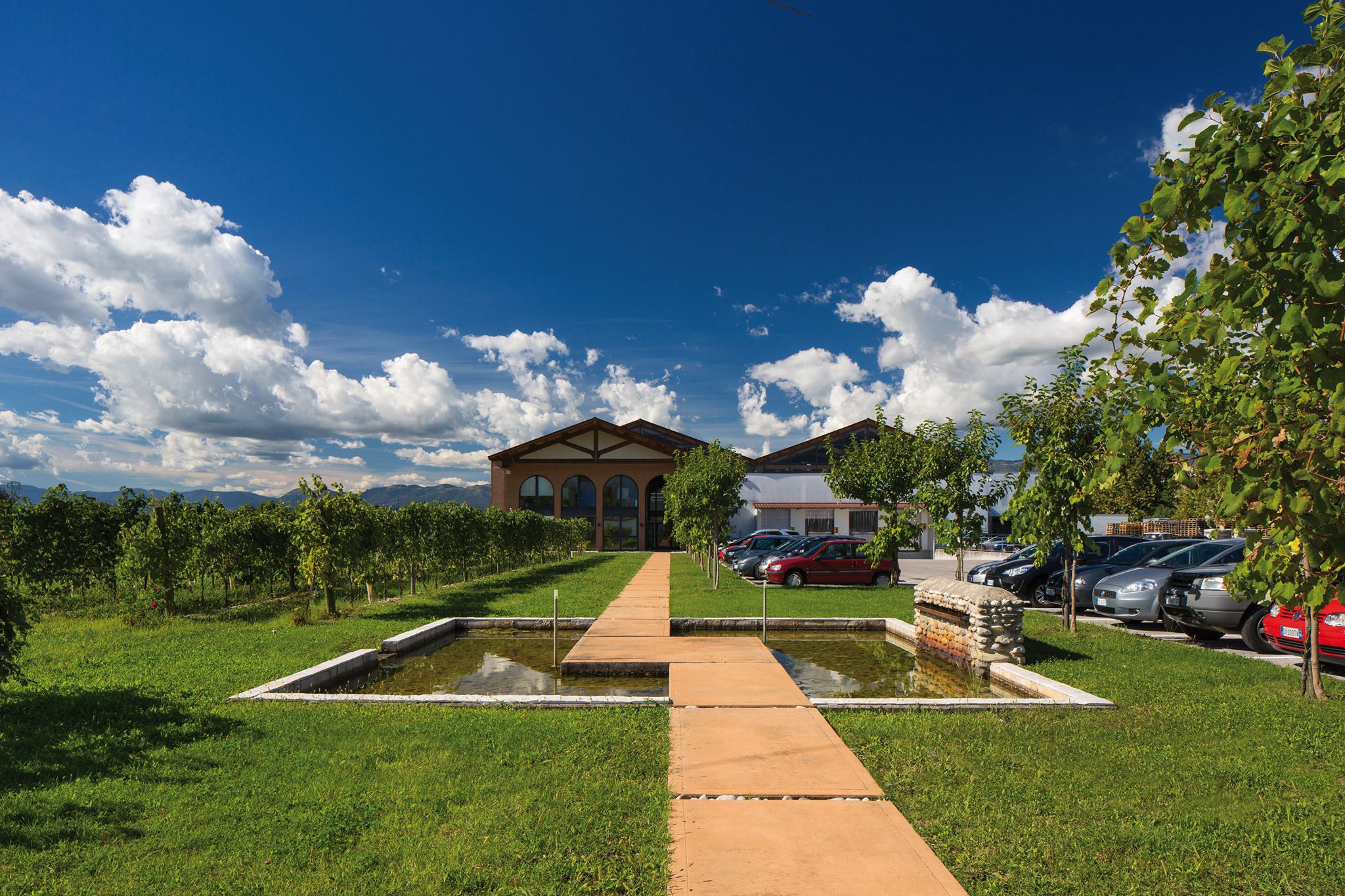
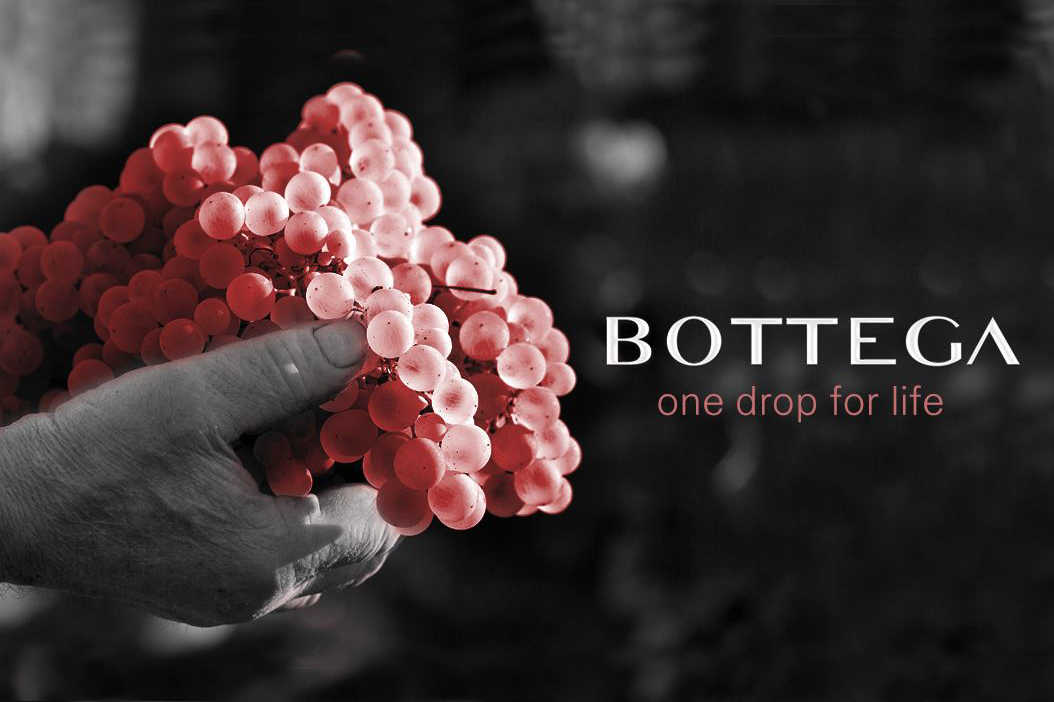
In the duty free and travel retail channel it has burned down the stages and, as far as sparkling wines are concerned, has become the second brand in the world, after a well-known Champagne brand.
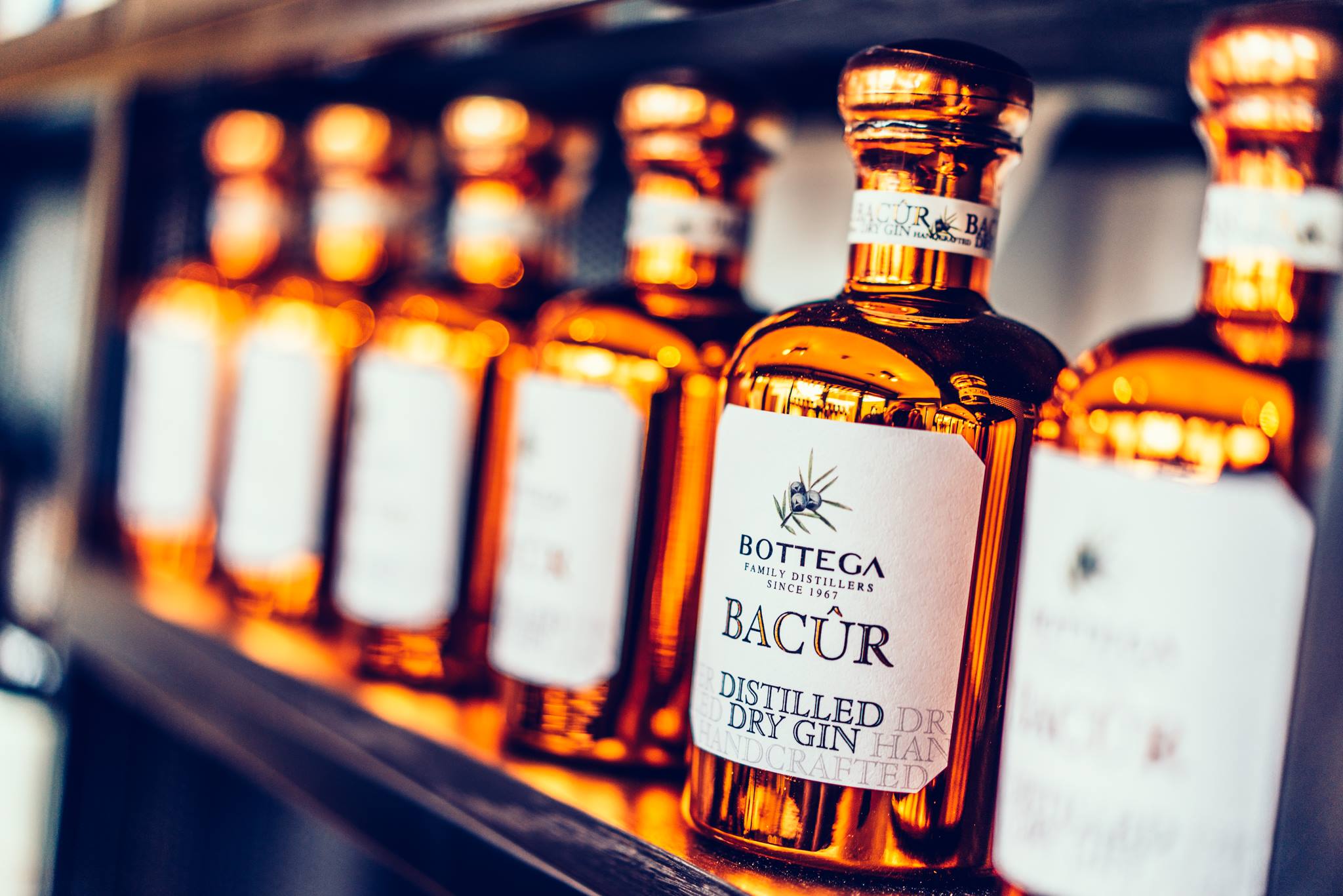

The unmistakable Bottega Gold, a Prosecco Doc characterized by the bottle with golden livery, is an icon of style that is appreciated throughout the world as an expression of the best Made in Italy.

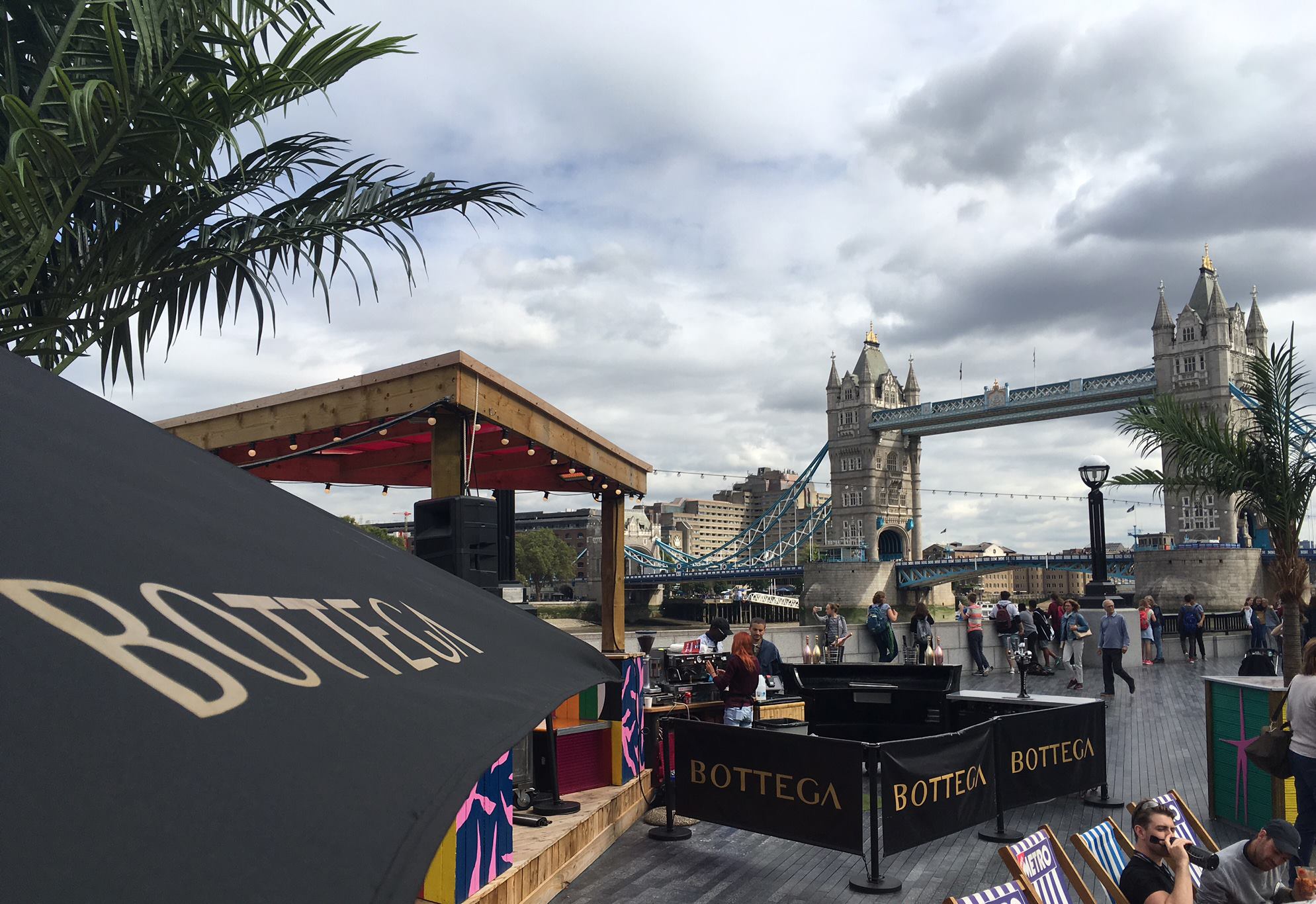
In terms of sustainability, Bottega uses a geothermal air conditioning system, both for winter heating and for summer conditioning.
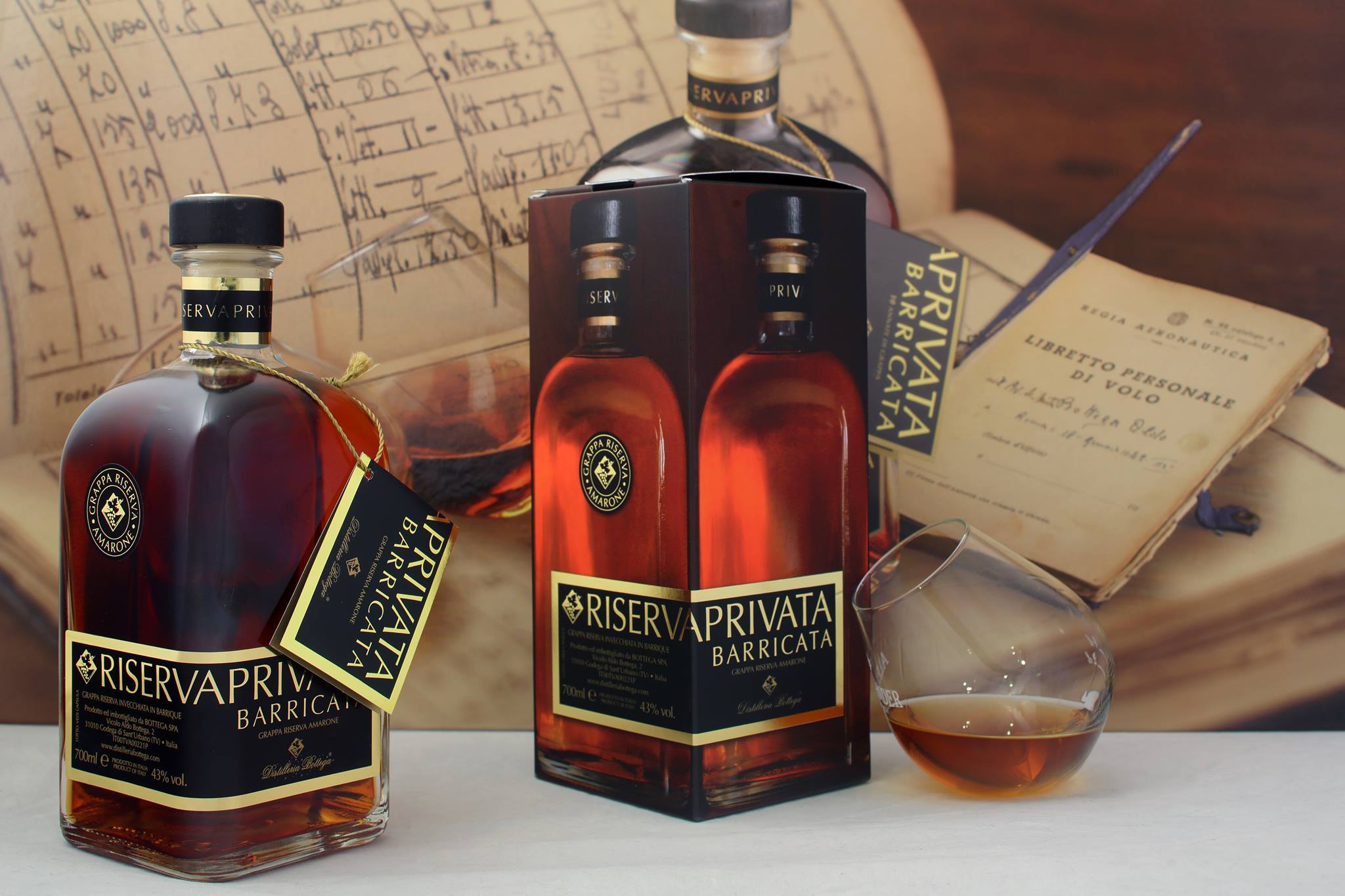
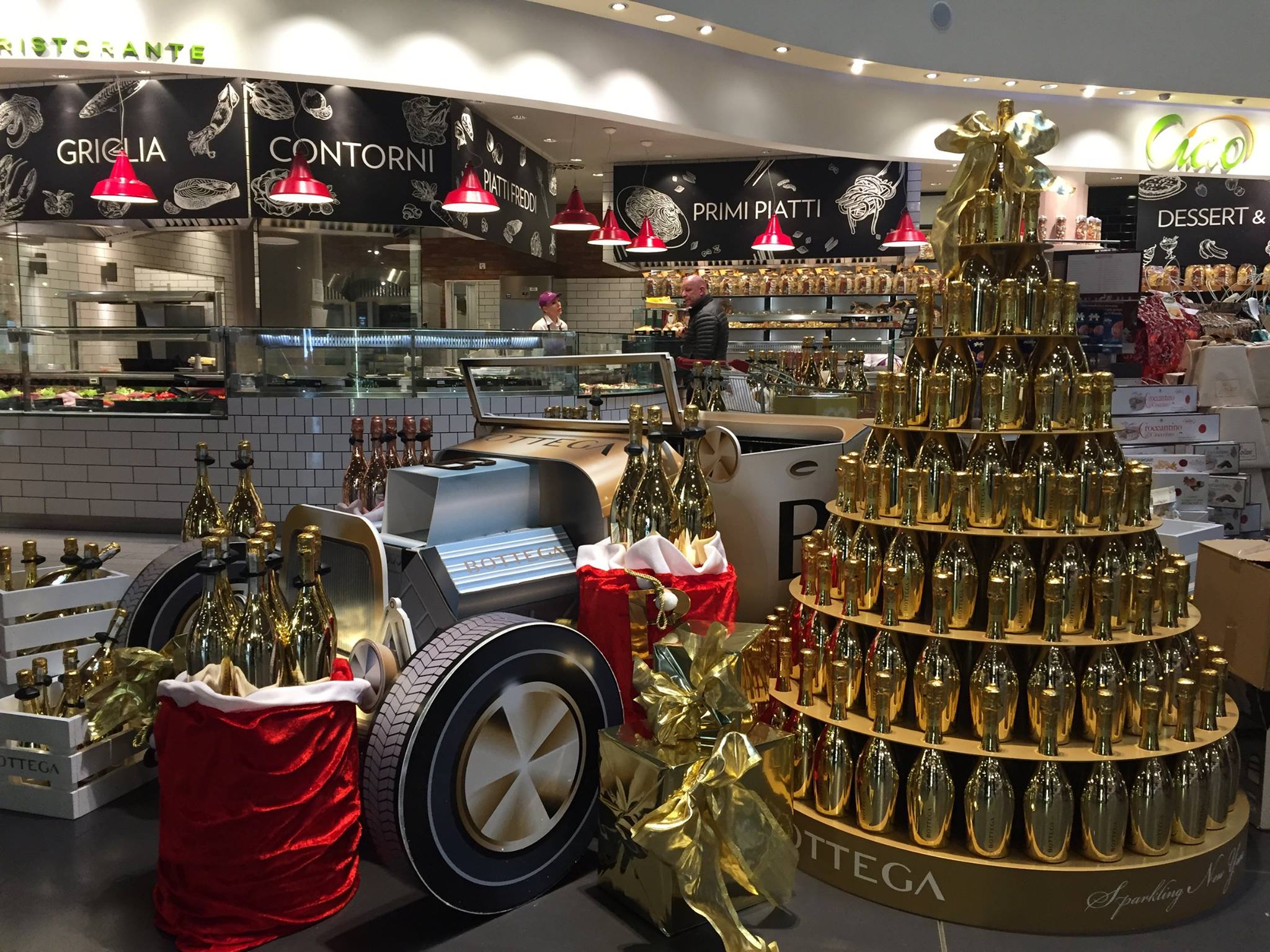
In the distillery, a water recirculation system used in the distillation process drastically reduces consumption in the whole process.

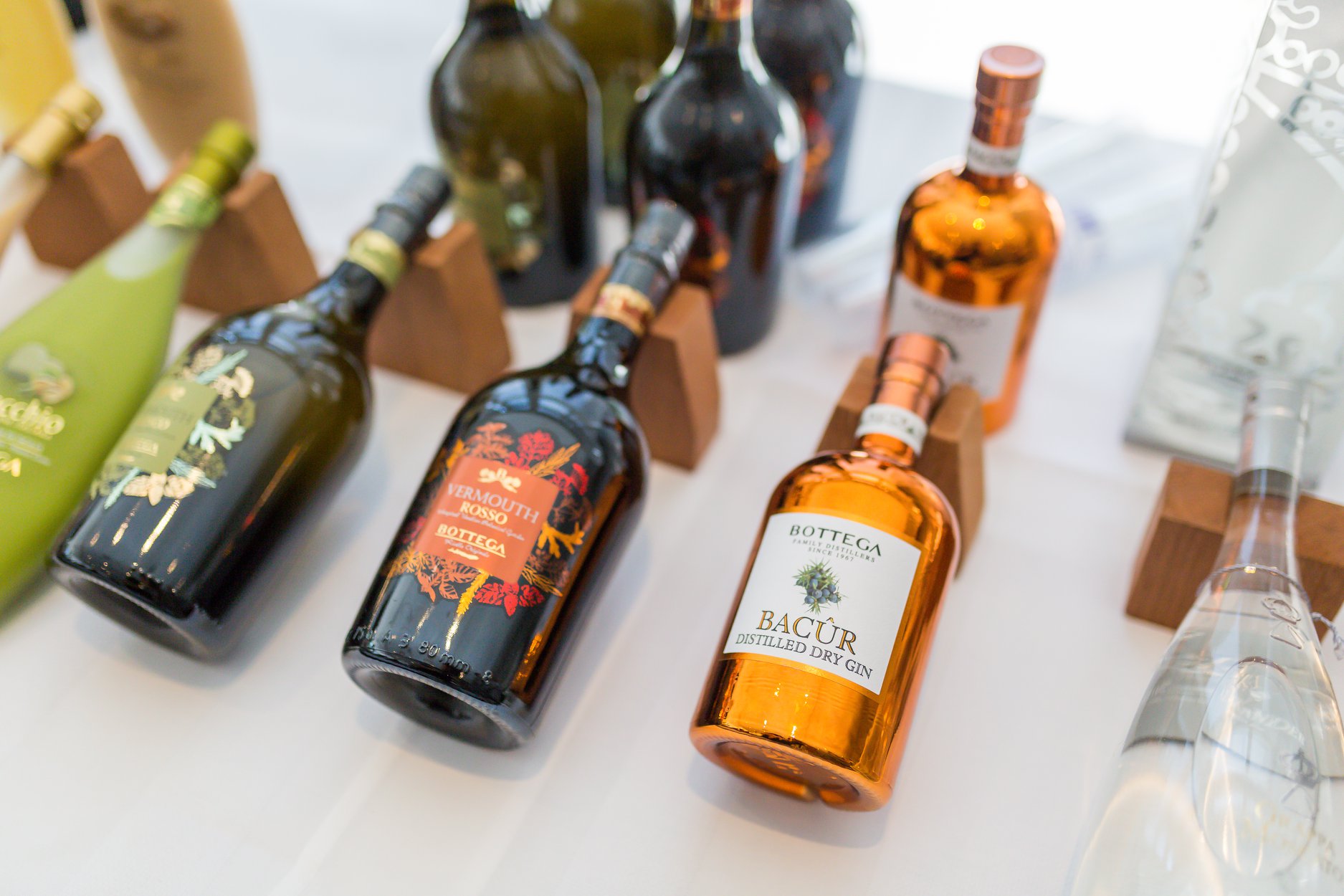
The savings are estimated at 5 million liters of water for each distillation campaign.

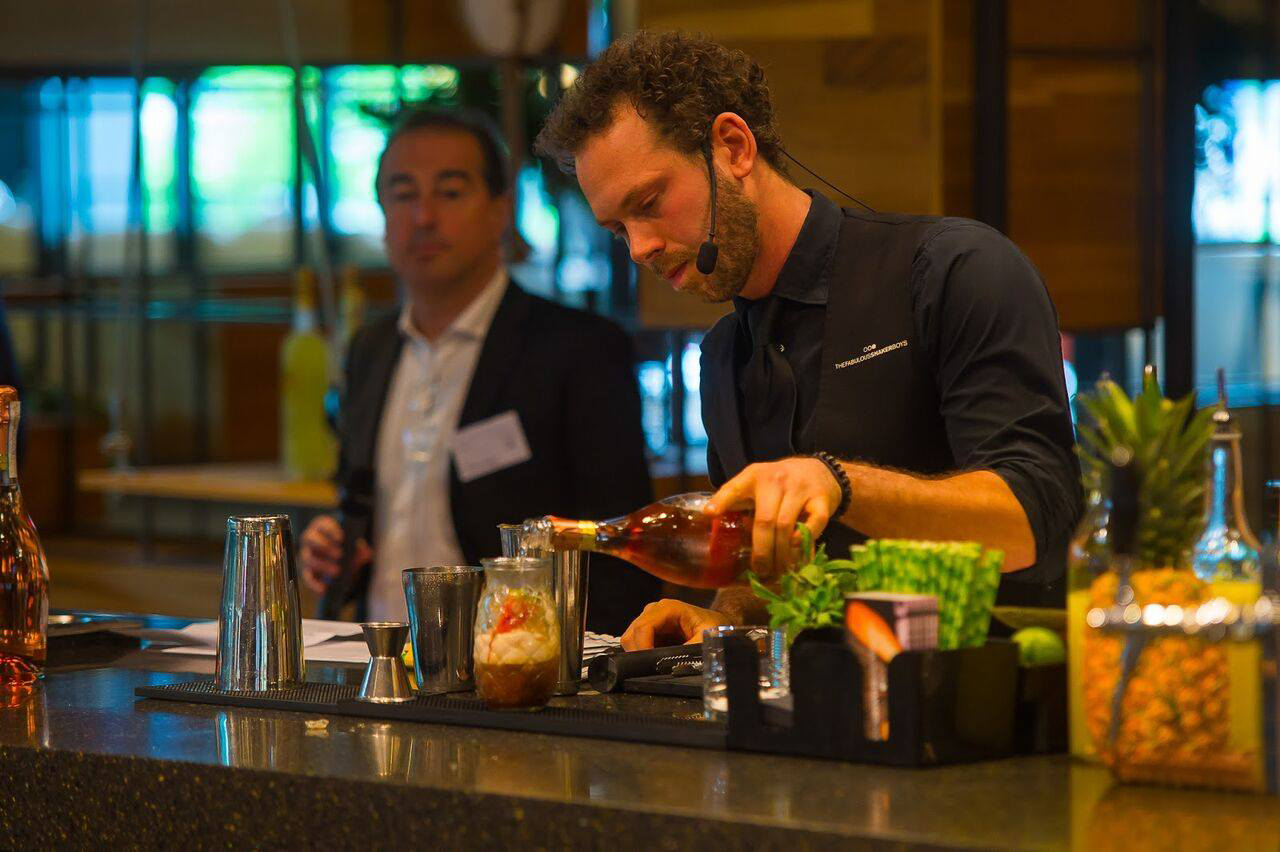
The vineyards surrounding the Bottega headquarters respect the guiding criteria of organic farming.
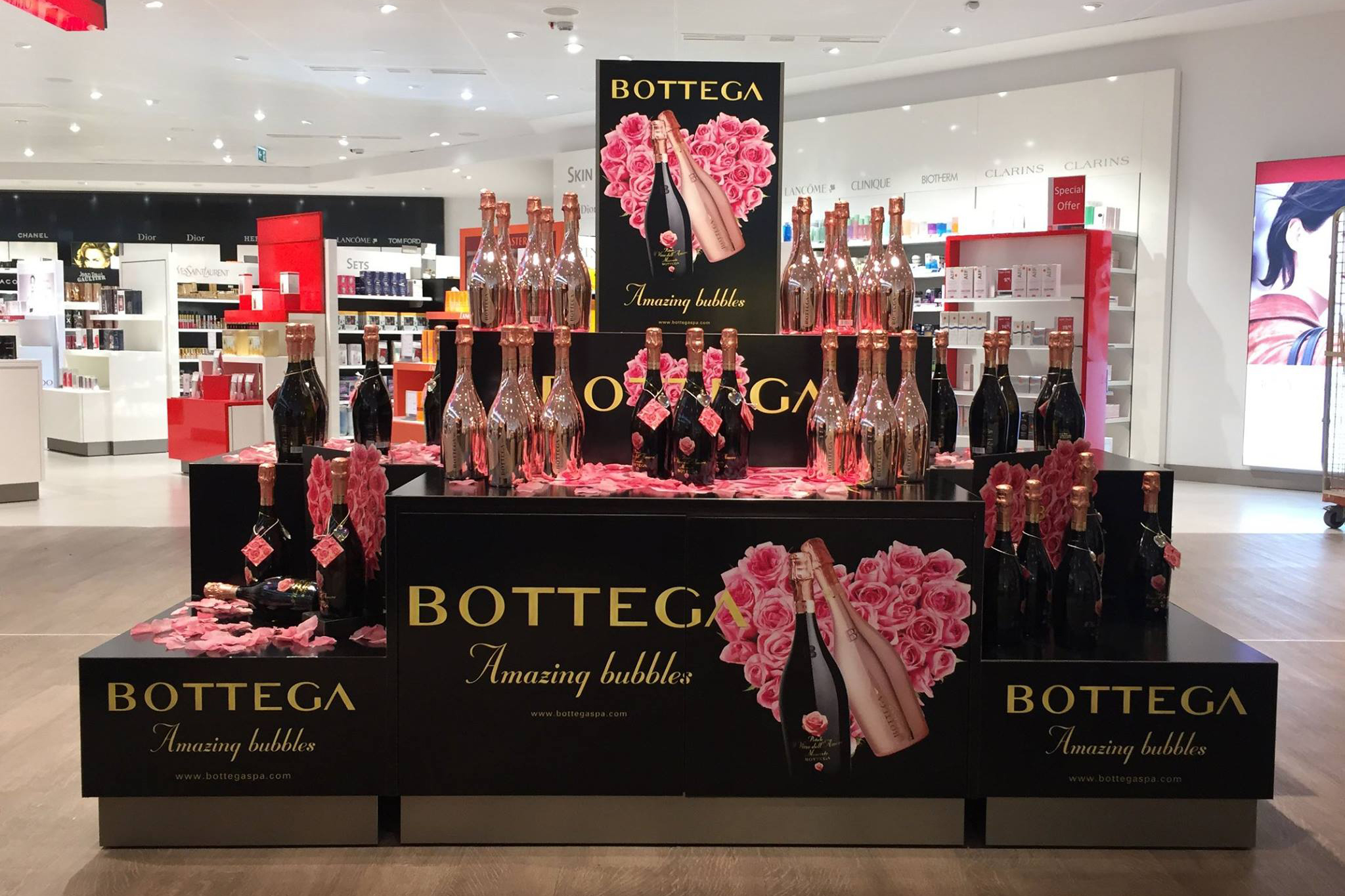
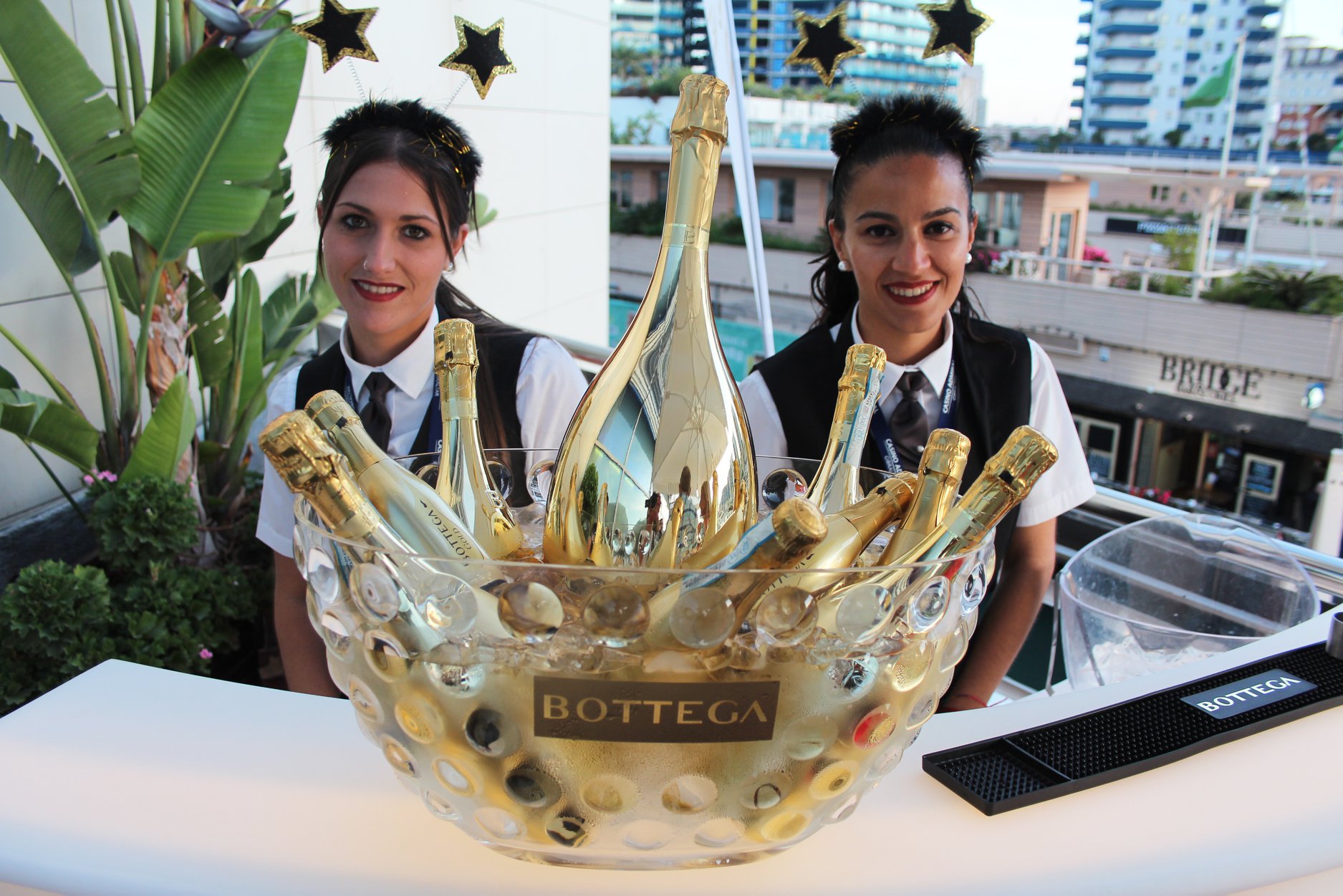
In this way, the dispersion of 500 kg of synthetic chemicals is avoided every year.
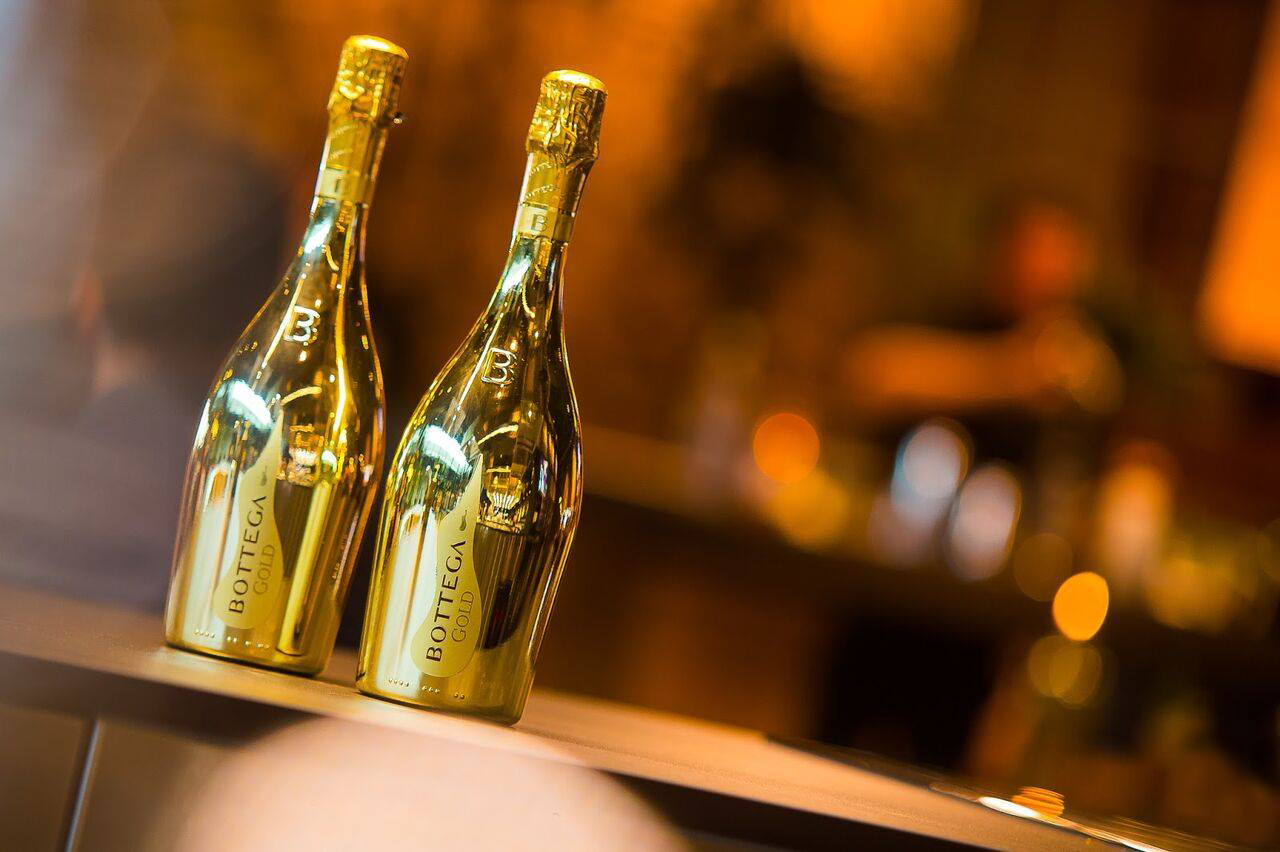
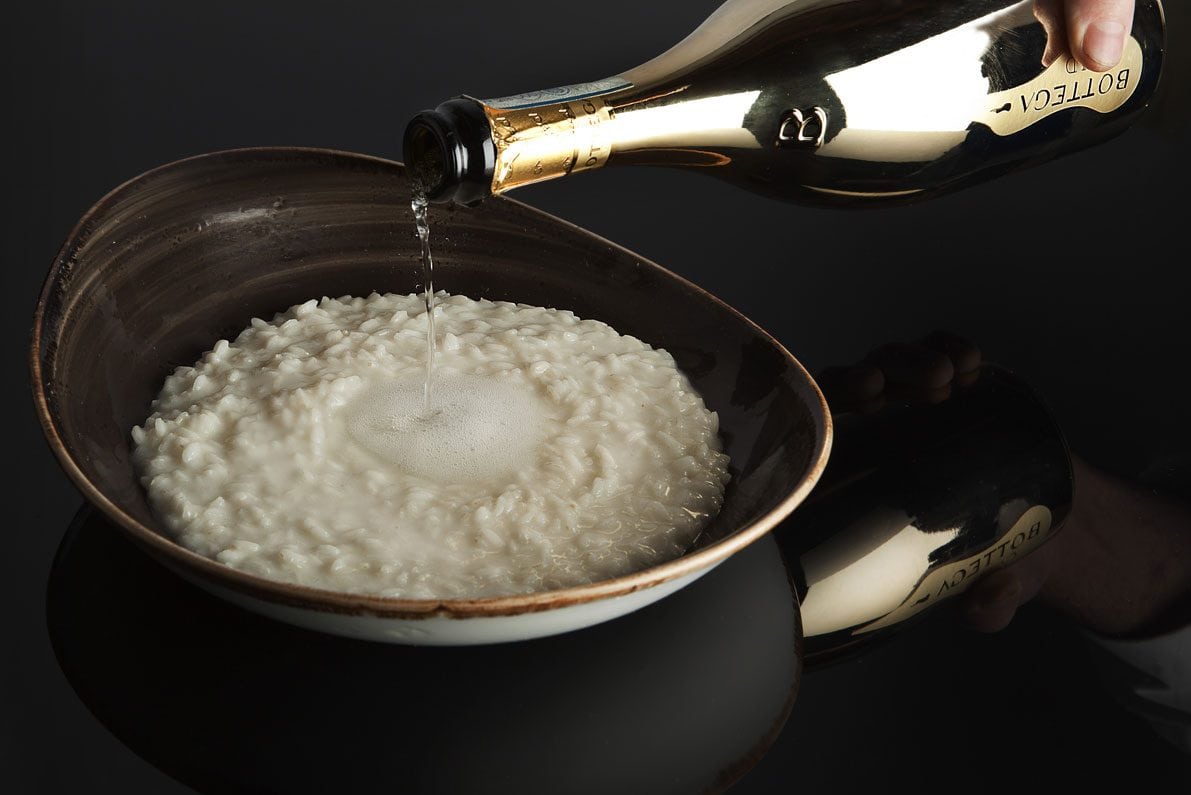
In relation to quality, the Bottega company is certified on the basis of IFS Food and BRC Global Standards for Food Safety.


In 2018 for the BRC standard it went from A to AA (level of excellence).
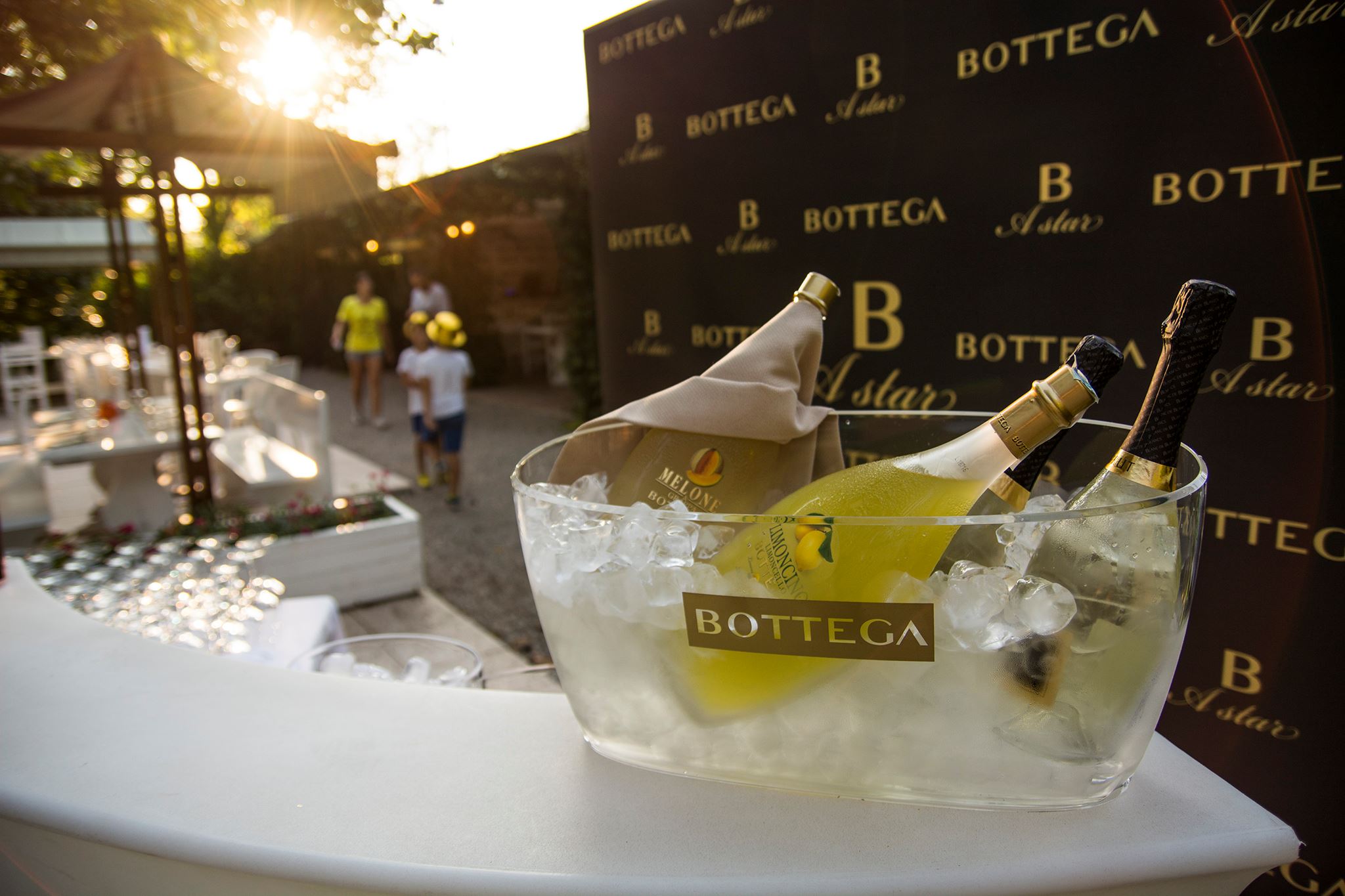
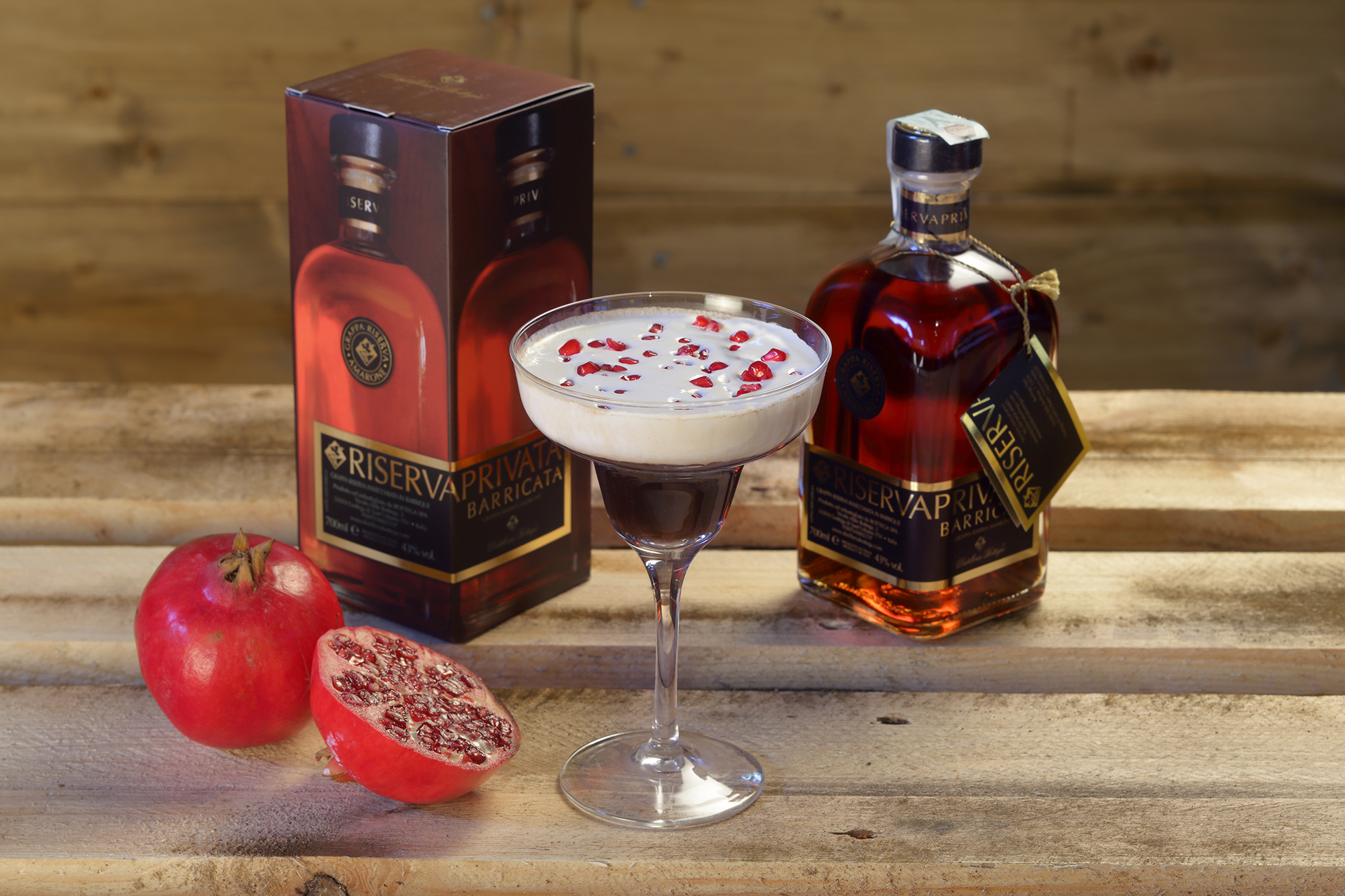
In addition to the main office in Bibano, the Bottega production site also includes the cellars of Valgatara (Valpolicella) and Montalcino, where Amarone, Brunello di Montalcino and other great reds from Veneto and Tuscany are produced.


In the Alexander Blow of Pianzano di Godega (TV) the artistic bottles in blown glass are born that have contributed to elevate the image of the grappa.
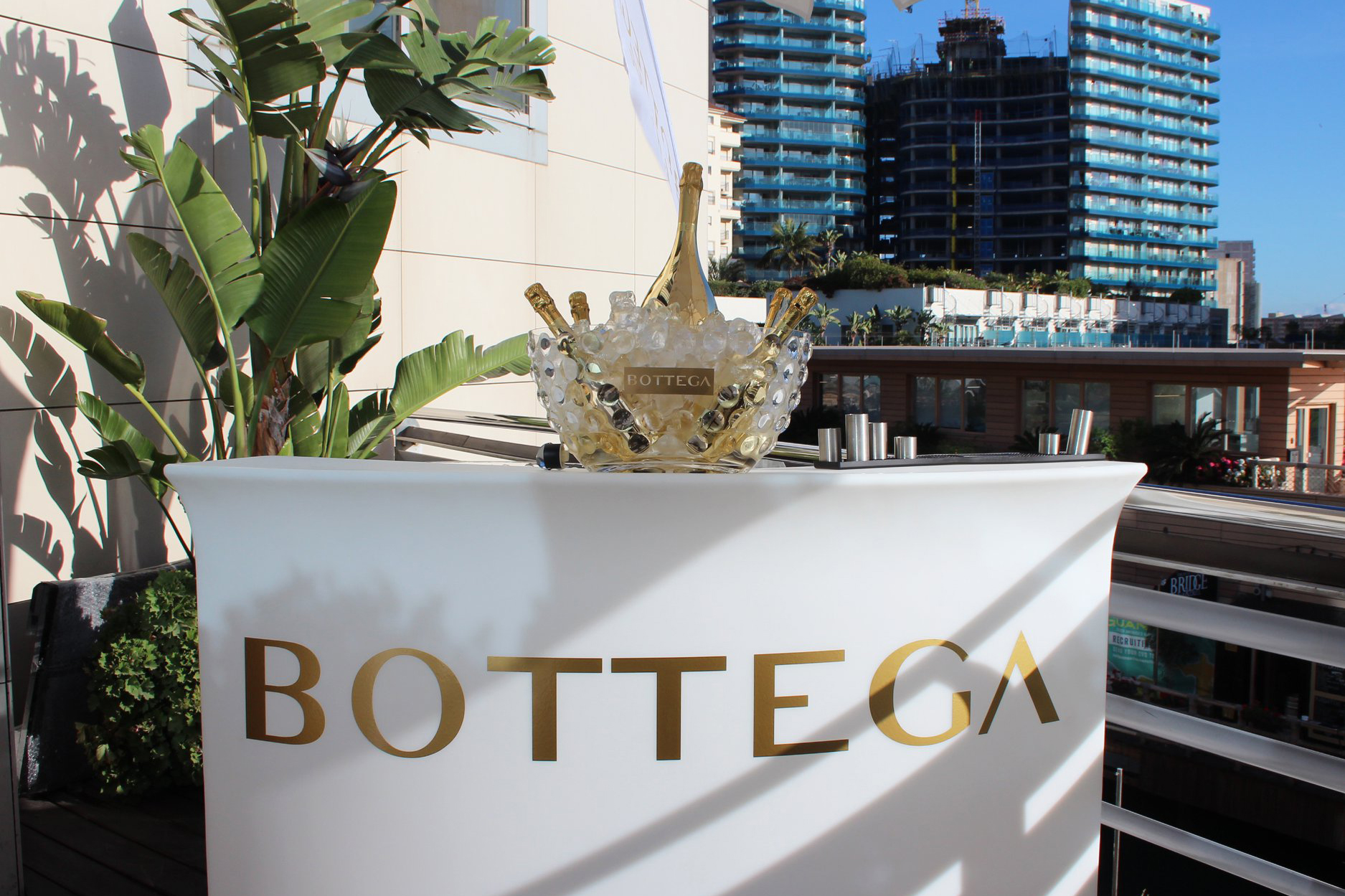
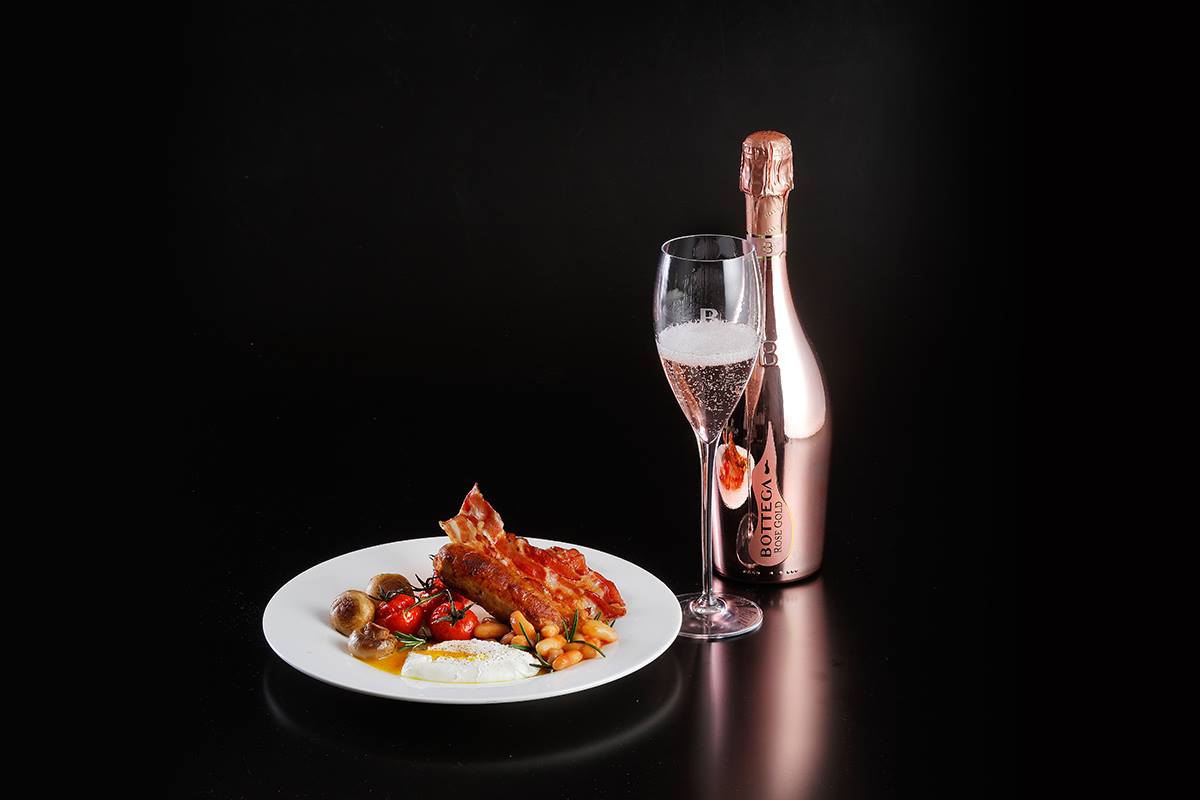
The range of Bottega products includes Prosecco, sparkling wines, white grappa, barricaded grappa, red wines, Limoncino, fruit-based liqueurs and cream-based liqueurs.
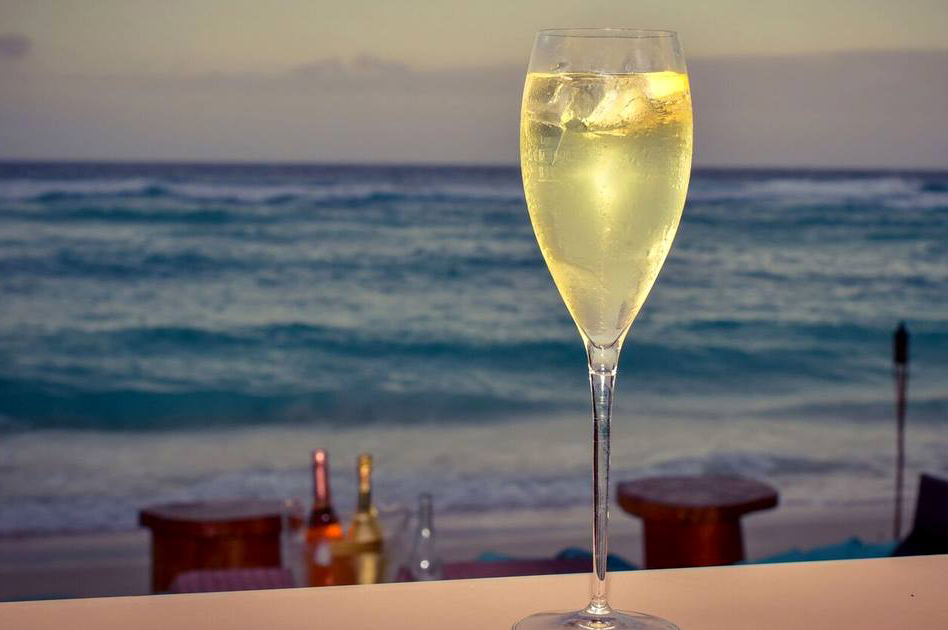
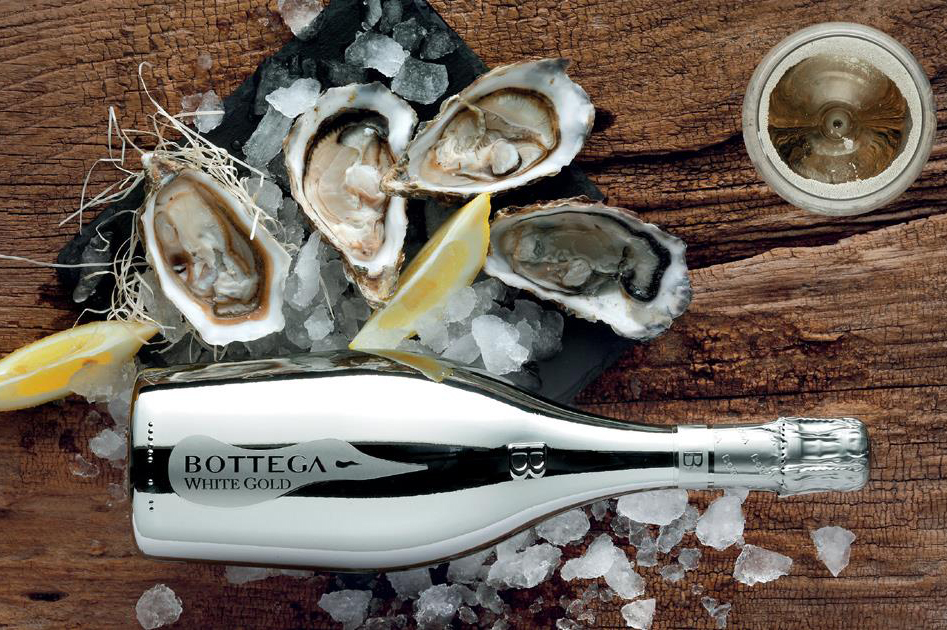
Gin and Vermouth are the latest born that complete a wide assortment in the name of excellence.
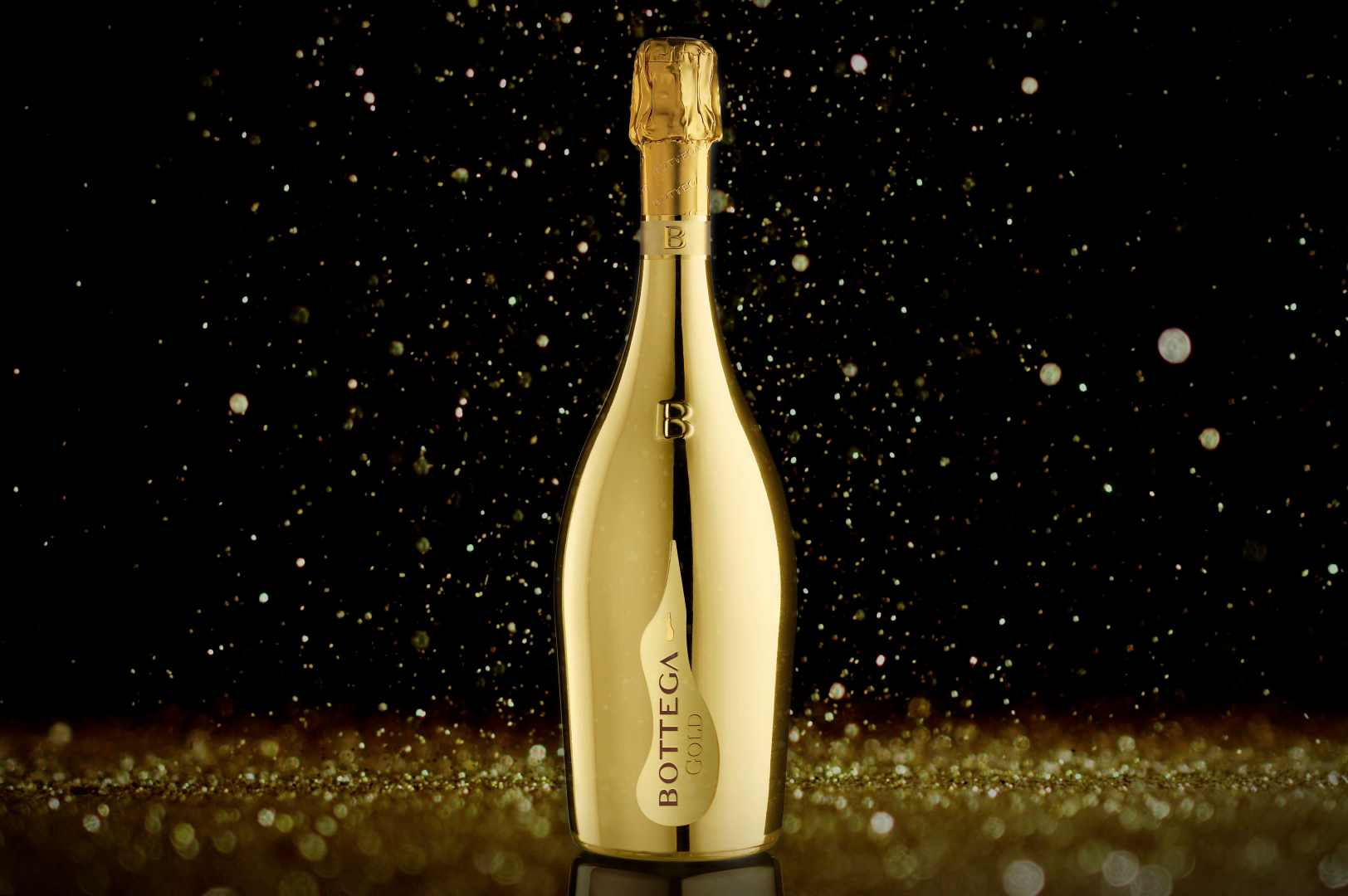

Today Bottega is a solid reality, which distributes its products in over 140 countries worldwide.
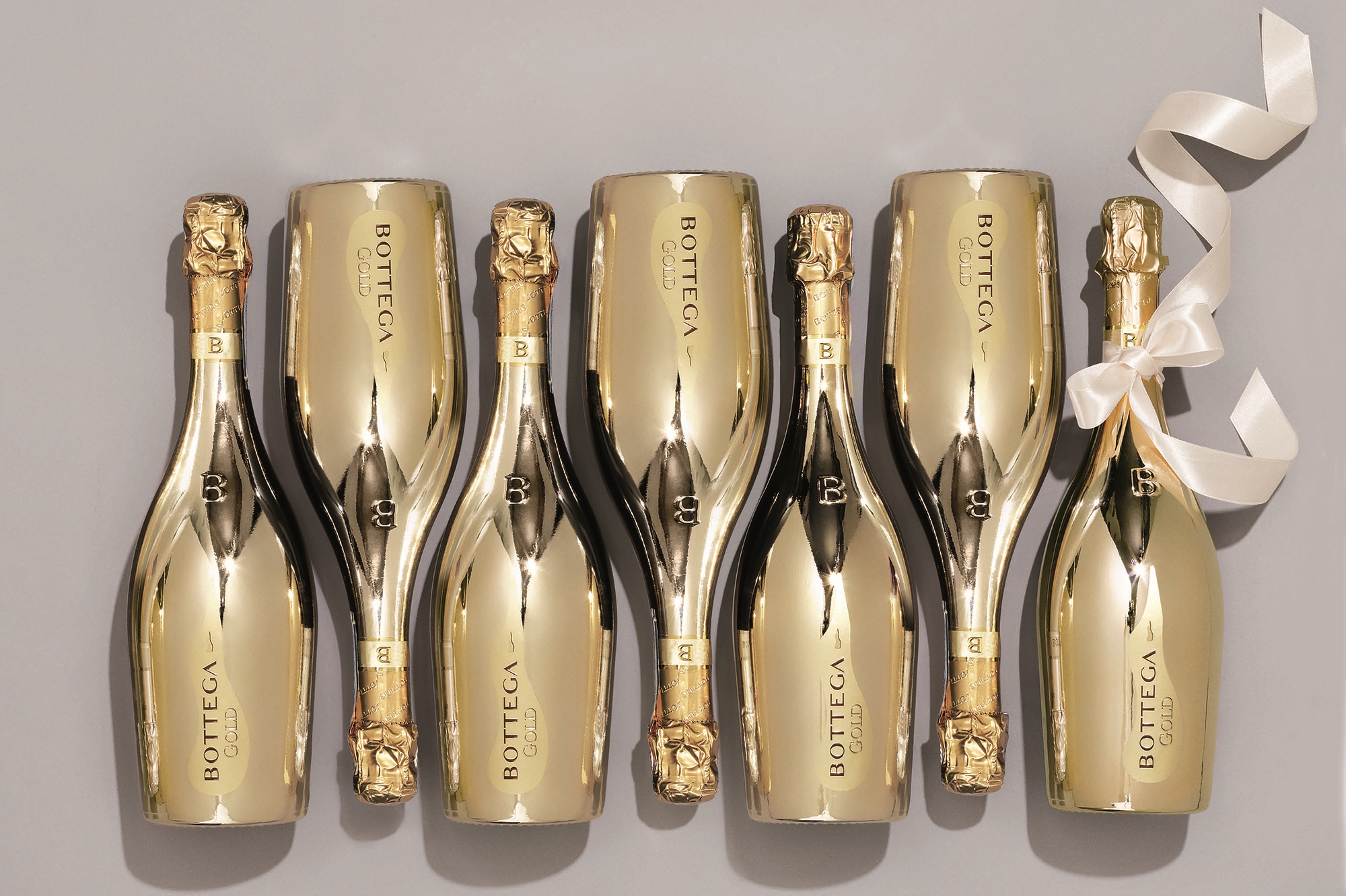
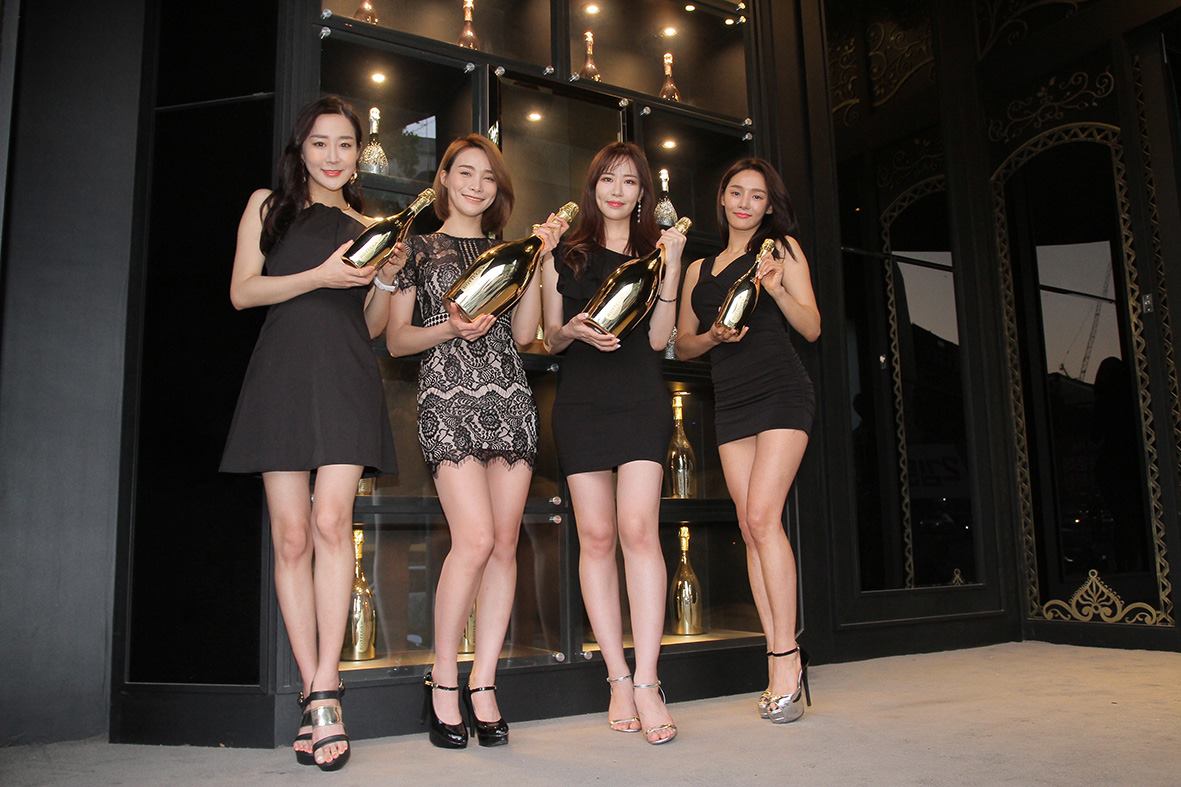
It has about 150 employees and over the years has achieved over 300 national and international awards related to the quality of its products.
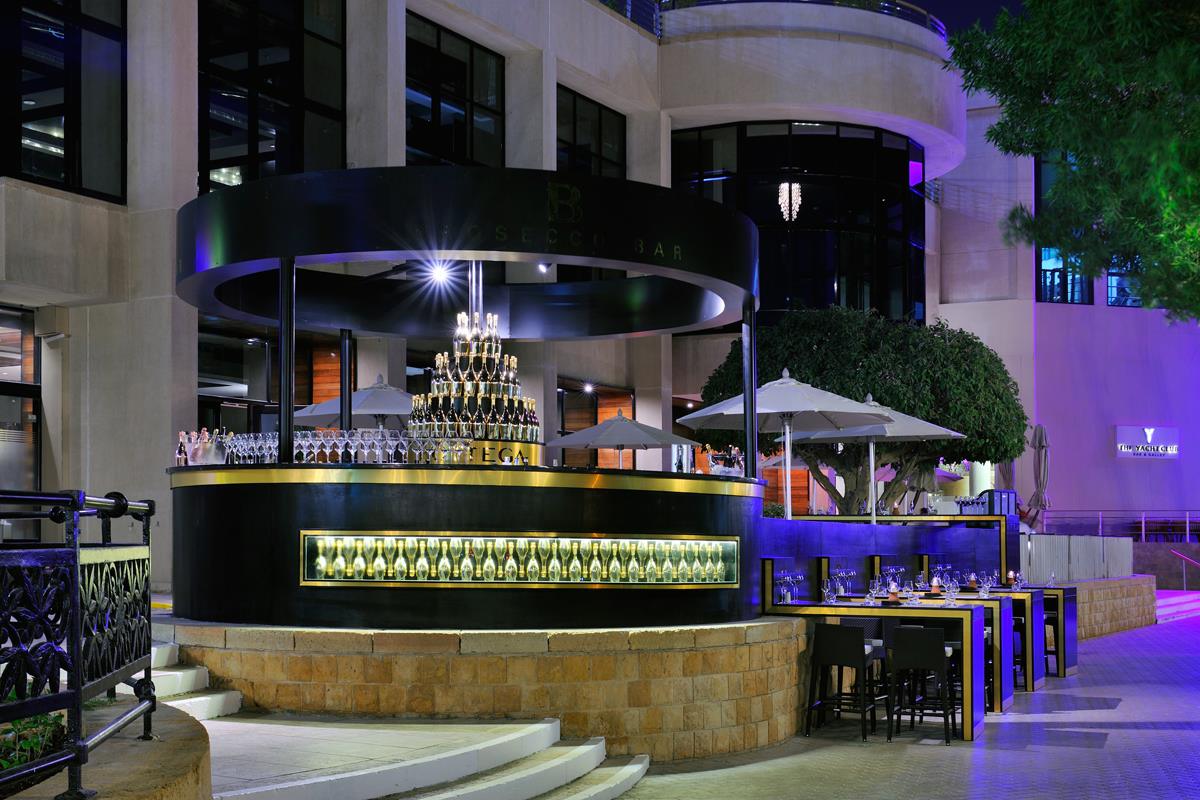
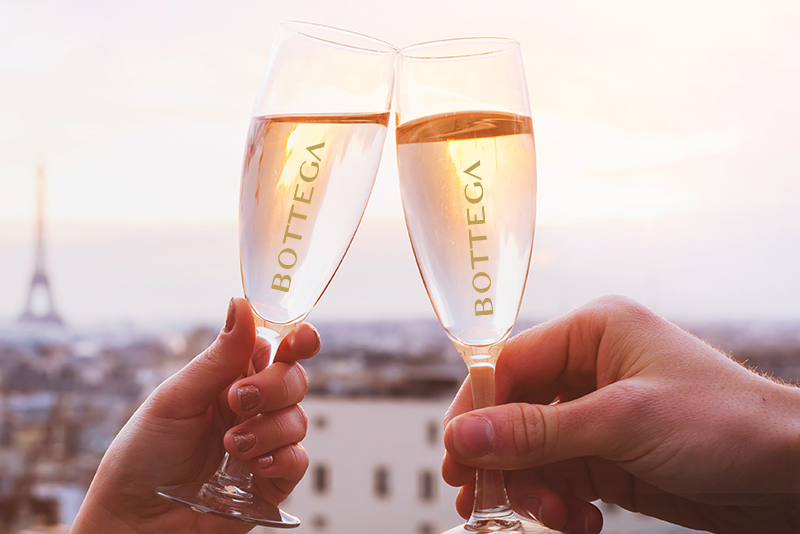
Products Bottega
Bottega
Family Vintners & Master Distillers since 1635

Winery, Cellar and Distillery since 1635

Bottega S.p.A. it is at the same time a winery and a distillery, which has a close-knit team of expert winemakers both in winemaking and in distillation. The headquarters is located in Bibano di Godega (TV), in the DOC Prosecco area, 50 km north of Venice.

The "forefather" of Bottega, Andrea, already in 1635 cultivated the vine in one of the most beautiful places in the world, the hills above the Molinetto della Croda di Refrontolo. The company was founded in 1977 by Aldo Bottega, master distiller with more than thirty years of experience in the field, which he had inherited from his grandfather, an expert wine merchant during the '20s, the passion for the world of wine.

At the end of the '70s the company is a small company operating in the local grappa market. In 1983, on the death of the founder, his son Sandro, together with his brothers Barbara and Stefano, took over the company.



Bottega Today
.jpg)

From an artisan reality, which operated only in the world of grappa, it has transformed over the years into one of the first 20 private wineries and distilleries.


In the duty free and travel retail channel it has burned down the stages and, as far as sparkling wines are concerned, has become the second brand in the world, after a well-known Champagne brand.


The unmistakable Bottega Gold, a Prosecco Doc characterized by the bottle with golden livery, is an icon of style that is appreciated throughout the world as an expression of the best Made in Italy.


In terms of sustainability, Bottega uses a geothermal air conditioning system, both for winter heating and for summer conditioning.


In the distillery, a water recirculation system used in the distillation process drastically reduces consumption in the whole process.


The savings are estimated at 5 million liters of water for each distillation campaign.


The vineyards surrounding the Bottega headquarters respect the guiding criteria of organic farming.


In this way, the dispersion of 500 kg of synthetic chemicals is avoided every year.


In relation to quality, the Bottega company is certified on the basis of IFS Food and BRC Global Standards for Food Safety.


In 2018 for the BRC standard it went from A to AA (level of excellence).


In addition to the main office in Bibano, the Bottega production site also includes the cellars of Valgatara (Valpolicella) and Montalcino, where Amarone, Brunello di Montalcino and other great reds from Veneto and Tuscany are produced.


In the Alexander Blow of Pianzano di Godega (TV) the artistic bottles in blown glass are born that have contributed to elevate the image of the grappa.


The range of Bottega products includes Prosecco, sparkling wines, white grappa, barricaded grappa, red wines, Limoncino, fruit-based liqueurs and cream-based liqueurs.


Gin and Vermouth are the latest born that complete a wide assortment in the name of excellence.


Today Bottega is a solid reality, which distributes its products in over 140 countries worldwide.


It has about 150 employees and over the years has achieved over 300 national and international awards related to the quality of its products.


Products Bottega
-
Bottega - Valpolicella Classico Superiore D.O.C. Bottega - Casa Bottega - Red...
Valpolicella is a land devoted to growing vines since ancient times: its name “vallis polis cellae” actually means “the valley of many cellars”. Indigenous vines like Corvina Veronese, Corvinone, Rondinella and Molinara, are used to produce important and unique red wines, like Valpolicella Classico, Valpolicella Classico Superiore, Ripasso and Amarone.
13,00 € -
Bottega - Ripasso Valpolicella D.O.C. Superiore Bottega - Casa Bottega - Red...
Valpolicella is a land devoted to growing vines since ancient times: its name “vallis polis cellae” actually means “the valley of many cellars”. The wines in the “Valpolicella Ripasso” DOC area are produced with indigenous vines like Corvina Veronese, Corvinone, Rondinella and Molinara. Ripasso della Valpolicella DOC Superiore, considered as Amarone’s...
14,50 € -
Bottega - Vendika Venezia D.O.C. Bottega - Casa Bottega - Red Wines
DOC Venezia is a recent denomination of origin. The relevant norms were published on 7th January 2011 and were modified on 30th November on the same year. The area is located in the Eastern Pianura Padana, among the provinces of Treviso and Venice. Vineyards were present already back in Roman times, since this territory is particularly suited for growing...
16,80 € -
Bottega - Acino d'Oro Chianti D.O.C.G. Bottega - Casa Bottega - Red Wines
Chianti is a well-known wine and one of the main symbols of the great Italian winemaking tradition. With the trademark Acino d’Oro, Bottega offers a niche product which satisfies even the most demanding palates.
7,20 € -
Bottega - Acino d'Oro Chianti Classico D.O.C.G. Bottega - Gallo Nero - Casa...
Chianti is a well-known wine and one of the main symbols of the great Italian winemaking tradition. With the trademark Acino d’Oro, Bottega offers a niche product which satisfies even the most demanding palates.
13,90 € -
Bottega - Acino d'Oro Chianti Classico D.O.C.G. Riserva Bottega - Gallo Nero...
Chianti is a well-known wine and one of the main symbols of the great Italian winemaking tradition. With the trademark Acino d’Oro, Bottega offers a niche product which satisfies even the most demanding palates.
16,00 € -
Bottega - Bolgheri D.O.C. Rosso Bottega - Casa Bottega - Red Wines
Il Vino dei Poeti Bolgheri Rosso DOC is produced in Tuscany, in Castagneto Carducci, known all over the world for its renowned red wines. Each glass of this elegant and complex wine features the history, tradition and vocation of a territory with a landscape rich not only in vineyards, but also in olive trees, chestnut woods and brush.
17,60 € -
Bottega - Sant' Antimo Rosso D.O.C. Bottega - Casa Bottega - Red Wines
Sant’Antimo Rosso DOC is produced in the area of Castelnuovo dell’Abate, an hamlet of Montalcino with an ancient winemaking tradition. It is named after the magnificent Abbey of Sant’Antimo, which sits in a beautiful valley surrounded by vineyards.
11,00 € -
Bottega - Rosso di Montalcino D.O.C. Bottega - Casa Bottega - Vino dei Poeti...
Rosso di Montalcino shares the reputation of the famous Brunello and belongs to the circle of the well-known red wines from Tuscany. It can be considered the “younger version” of Brunello. The Montalcino area is naturally predisposed to the production of high quality wines, to such an extent that the local producers have procured two wines, from the same...
17,40 € -
Bottega - Florenzia Rosso I.G.T. Toscana Bottega - Casa Bottega - Vino dei...
IGT Toscana was created in 1995 and includes the provinces of Arezzo, Florence, Grosseto, Livorno, Lucca, Massa Carrara, Pisa, Pistoia, Prato and Siena. It is named after Tuscany, one of the most significant Italian wine regions. This area has a great winemaking vocation with a millenary tradition, and is famous for the production of great reds and...
20,90 € -
Bottega - Love - Petalo Amore Moscato Sweet Spumante D.O.C. - Rose Love...
The Vino dell'Amore Petalo Moscato is a white sparkling wine characterized by a definite but not cloying sweetness, with a marked but elegant bouquet, a moderate alcohol content and a typical hint of rose that evokes the image of the petals imprinted on the label.
8,30 € -
Bottega - Love - Petalo Amore Moscato Sweet Spumante D.O.C. - Magnum - Rose...
The Vino dell'Amore Petalo Moscato is a white sparkling wine characterized by a definite but not cloying sweetness, with a marked but elegant bouquet, a moderate alcohol content and a typical hint of rose that evokes the image of the petals imprinted on the label. Magnum.
32,20 € -
Bottega - Love - Petalo Amore Moscato Sweet Spumante D.O.C. - Jeroboam - Rose...
The Vino dell'Amore Petalo Moscato is a white sparkling wine characterized by a definite but not cloying sweetness, with a marked but elegant bouquet, a moderate alcohol content and a typical hint of rose that evokes the image of the petals imprinted on the label. Jeroboam.
81,80 € -
Bottega - Rose Love - Manzoni Moscato Rosè Spumante D.O.C. - Rose Love...
This sparkling rosé wine is the result of the valuable selection carried out at the beginning of the 20th century by professor Luigi Manzoni, principal of the Oenological School in Conegliano. Several hybridization tests led to the creation of several crossings, among which Incrocio Manzoni 13.0.25. This code refers to a specific system used by the...
19,80 € -
Bottega - Bacur Gin Bottega - Distilled Dry Gin - Box - Liqueurs and Spirits
Gin is a strong and aromatic distillate. Its origin is linked to a Dutch professor of medicine and physics, Franciscus De La Boe, who deepened and studied the properties of juniper essential oils, obtained by redistilling an infusion of these macerated berries in pure alcohol. It was then used by English soldiers returning from the Netherlands and in...
24,60 € -
Bottega - Private Amarone Classic Grappa - Private Reserve - Liqueurs and...
The Barricata Private Reserve originates from a reserve of Amarone grappa. The result of the distillation of grape skins deriving from the production of the highly prized Amarone della Valpolicella wine, is the result of the passion and skill of master distillers, capable of transforming a solid raw material into a transparent and crystalline liquid, with...
19,90 € -
Bottega - First Taste Grape Distillery Bottega - Liqueurs and Spirits
Grape brandy is obtained by distilling the fermented must in the presence of the skins, for which both the solid and the liquid part of the grapes are used. Clear, fresh and elegant, the First Taste Bottega grape brandy is produced from healthy and rich bunches of must, a precious raw material with a great aromatic charge. It stands out for its roundness,...
19,10 € -
Bottega - First Taste Grape Distillery Barrique Bottega - Liqueurs and Spirits
This spiced brandy combines freshness and complexity in an excellent way. The young and innovative packaging makes it a product with a very strong personality. Produced according to tradition according to tradition, distilling distilling in our small steam stills selected grape clusters rich in must.
23,90 € -
Bottega - Red Vermouth Bottega - Liqueurs and Spirits
Bottega Red Vermouth originates from a selection of red wines, among the most representative of the territory. It owes its unmistakable character to a natural extract, the result of an original and secret recipe, which involves the use of over 30 herbs, flowers and spices (such as angelica, the sweet and bitter orange peel, the gentle wormwood, the...
16,90 € -
Bottega - Bacur Gin Bottega - Distilled Dry Gin - Spary Edition - Liqueurs...
Gin is a strong and aromatic distillate. Its origin is linked to a Dutch professor of medicine and physics, Franciscus De La Boe, who deepened and studied the properties of juniper essential oils, obtained by redistilling an infusion of these macerated berries in pure alcohol. It was then used by English soldiers returning from the Netherlands and in...
15,40 € -
Bottega - White Vermouth Bottega - Liqueurs and Spirits
It originates from a selection of white wines, among the most representative of the territory. It owes its unmistakable character to a natural extract, the result of an original and secret recipe, which involves the use of over 30 herbs, flowers and spices (such as elderberry, wormwood, ceylon cinnamon, nutmeg, galanga major, bitter orange peel, etc.).
14,40 €



